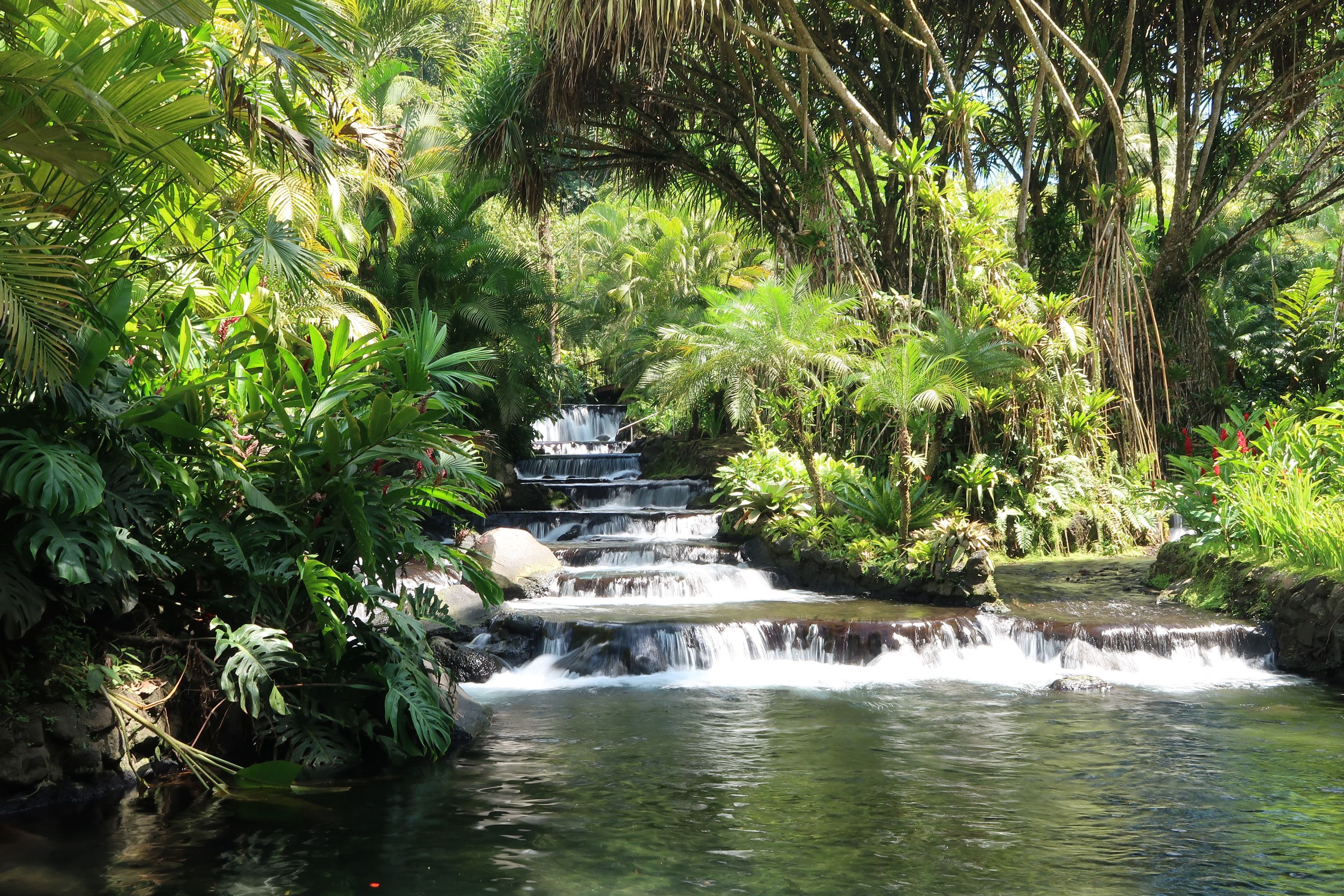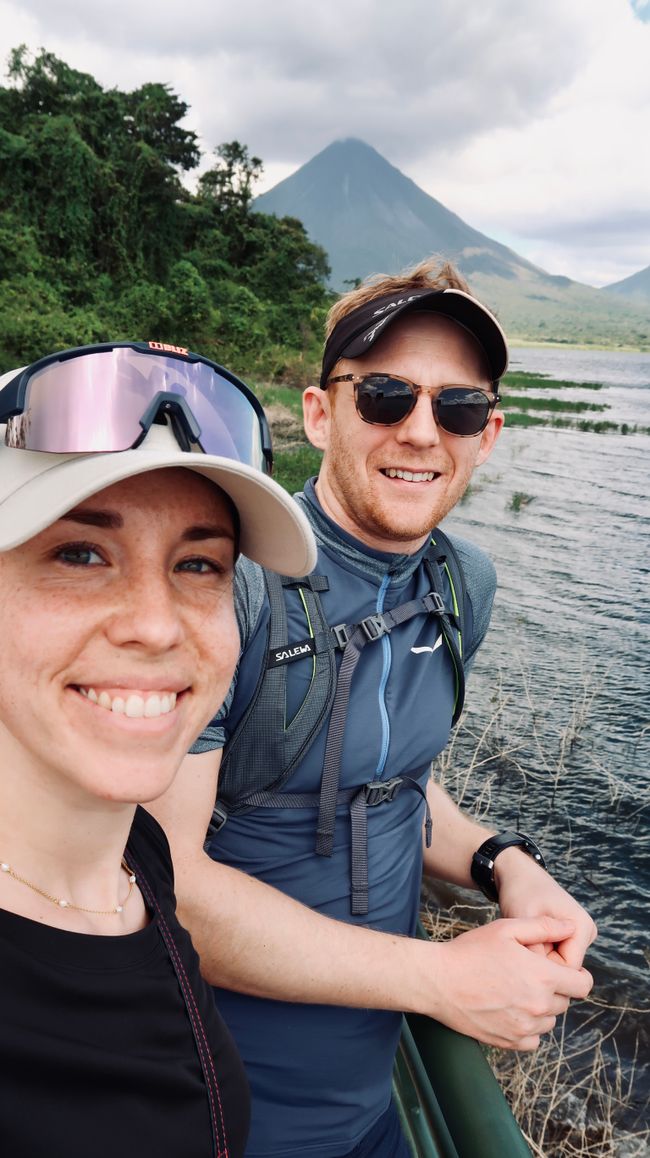Colca Canyon - 2 Day Adventure (11.03-12.03.2022)
Wotae: 13.03.2022
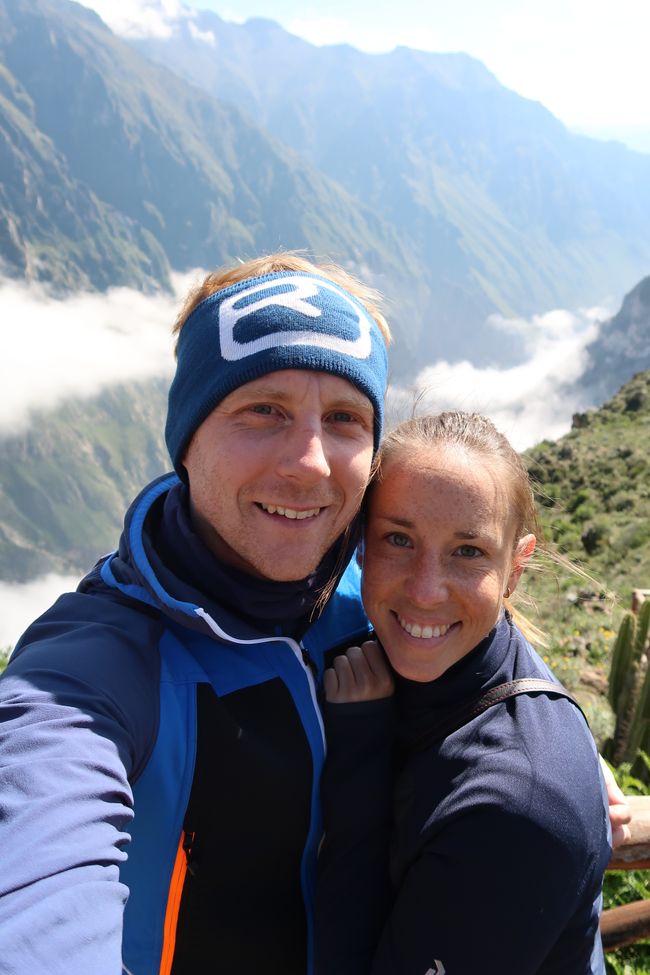
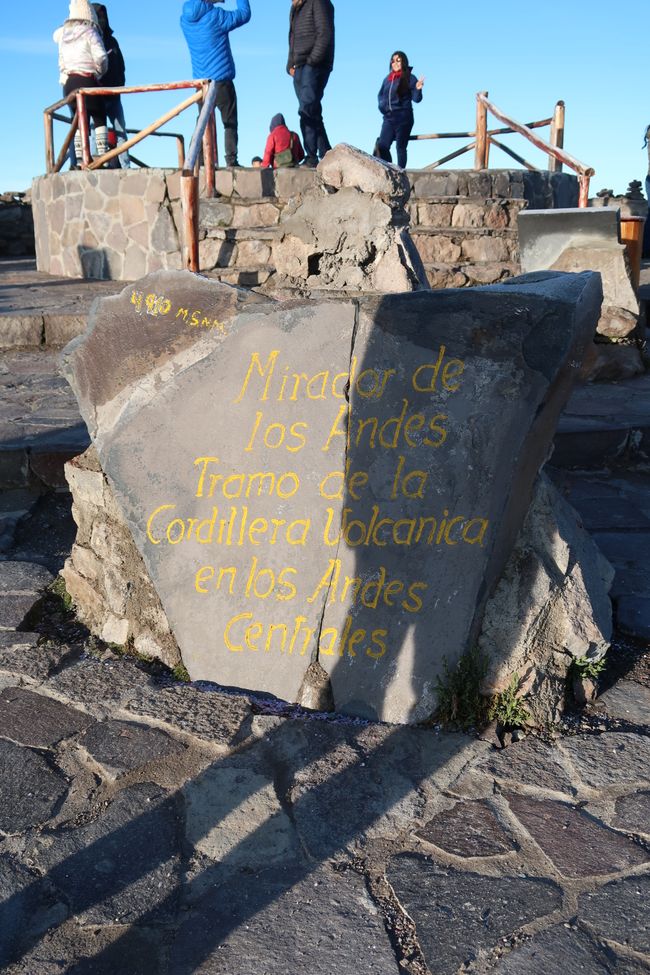
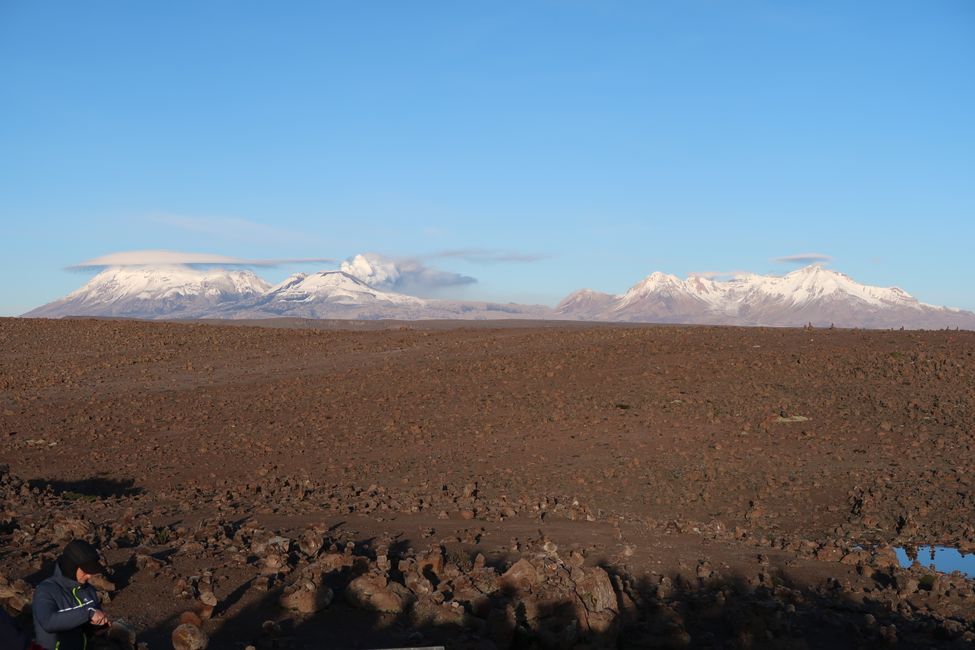
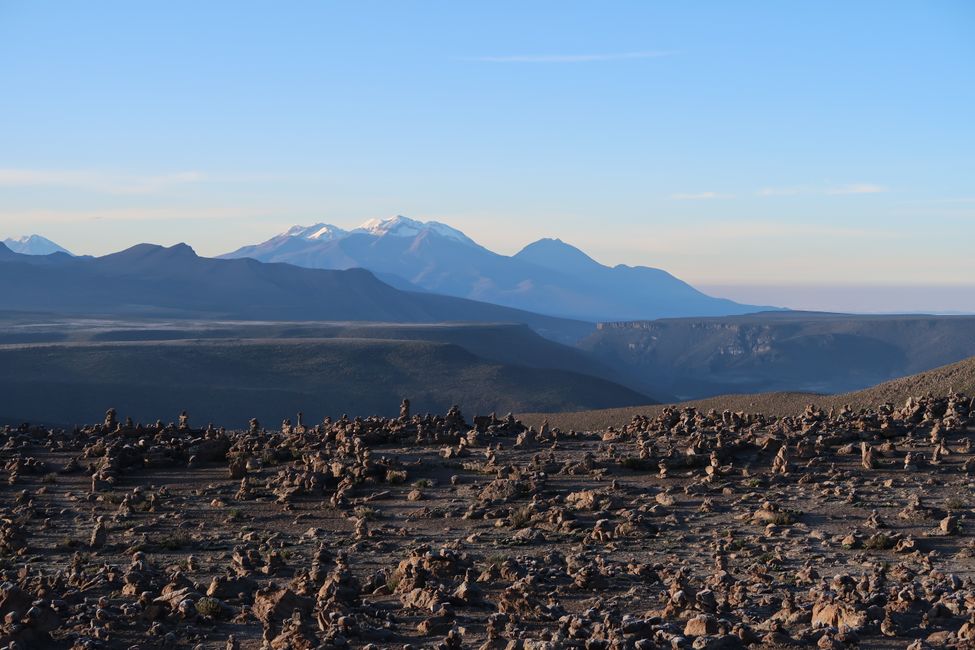
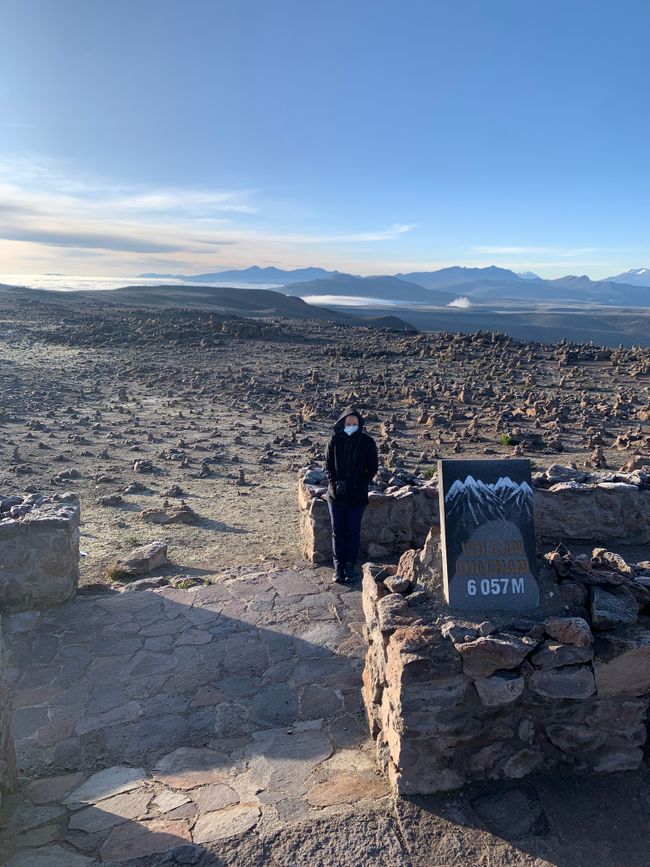
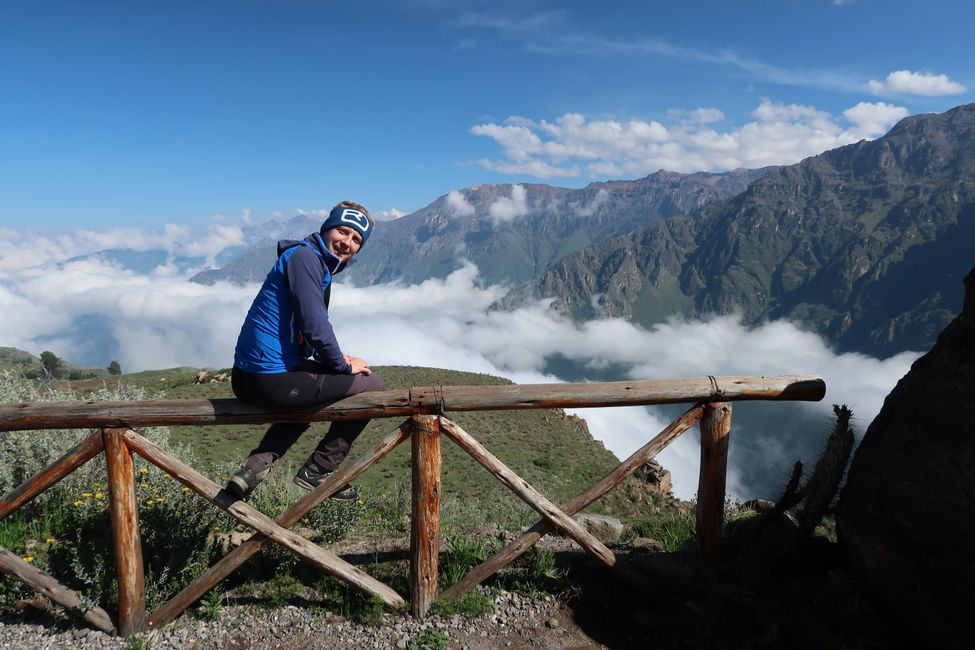
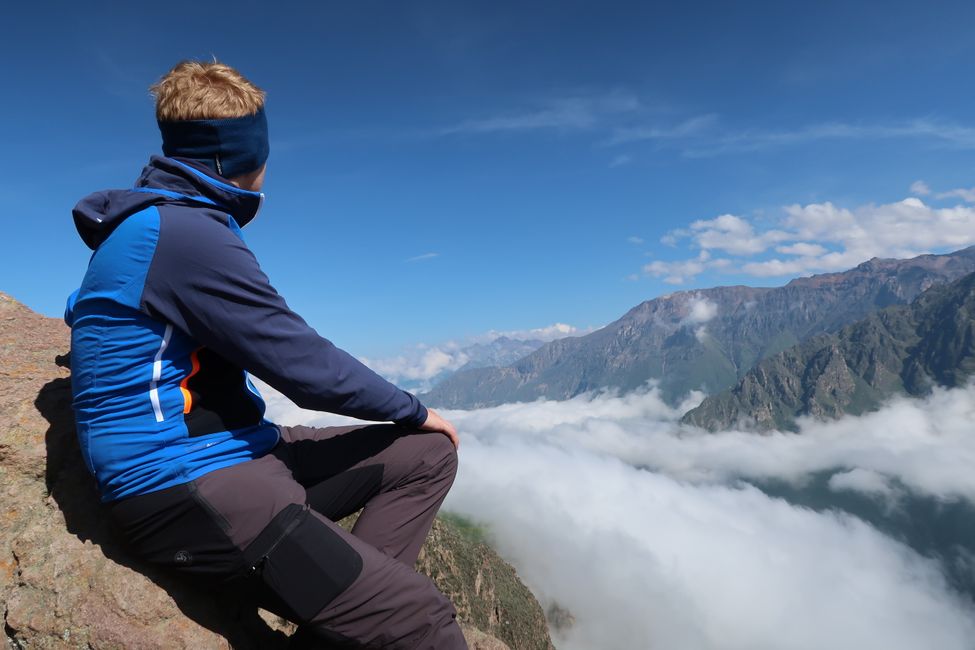
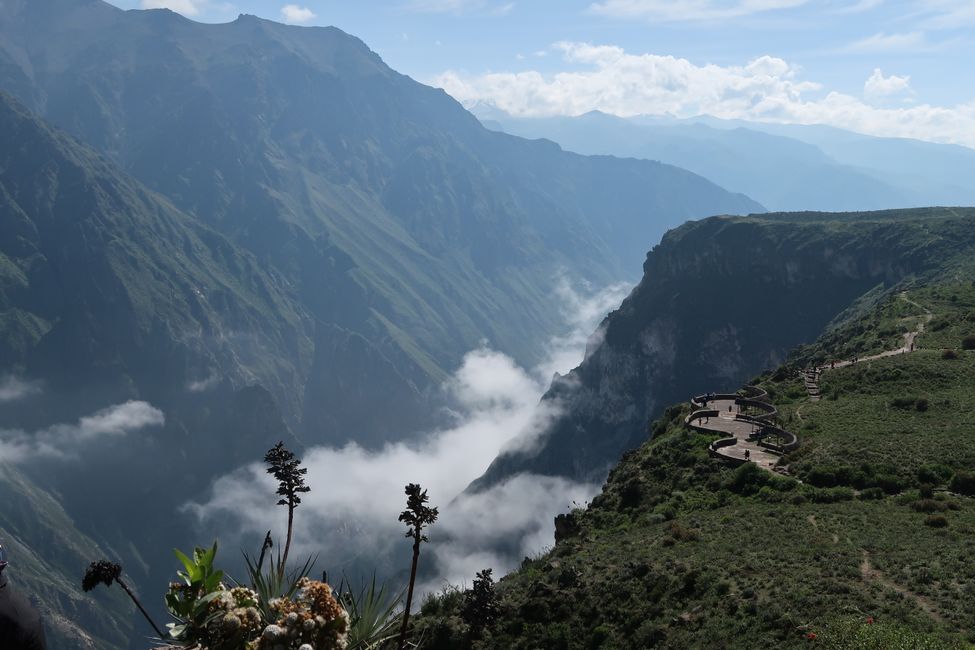
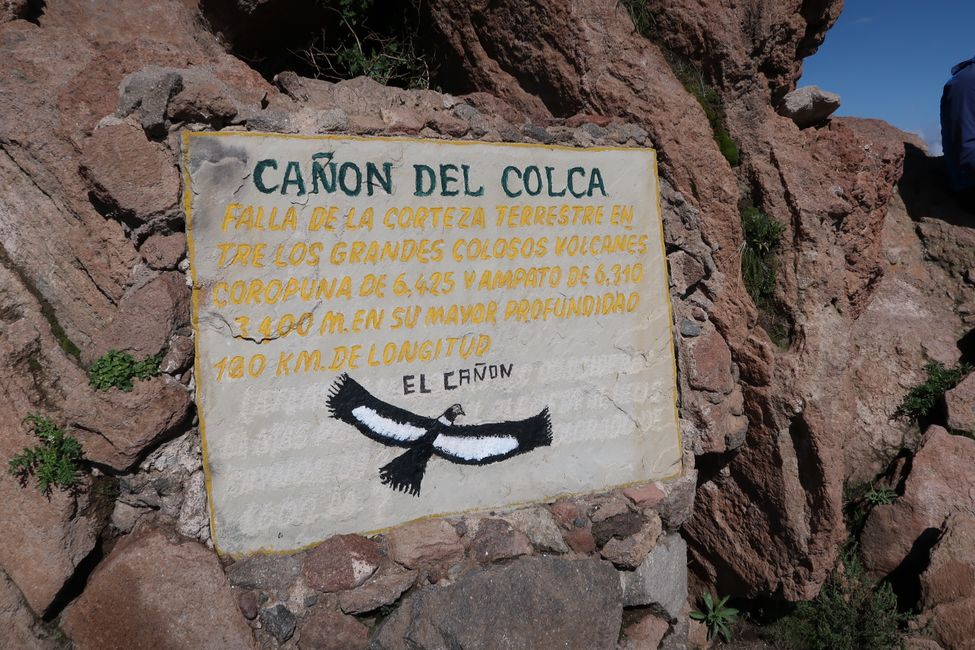
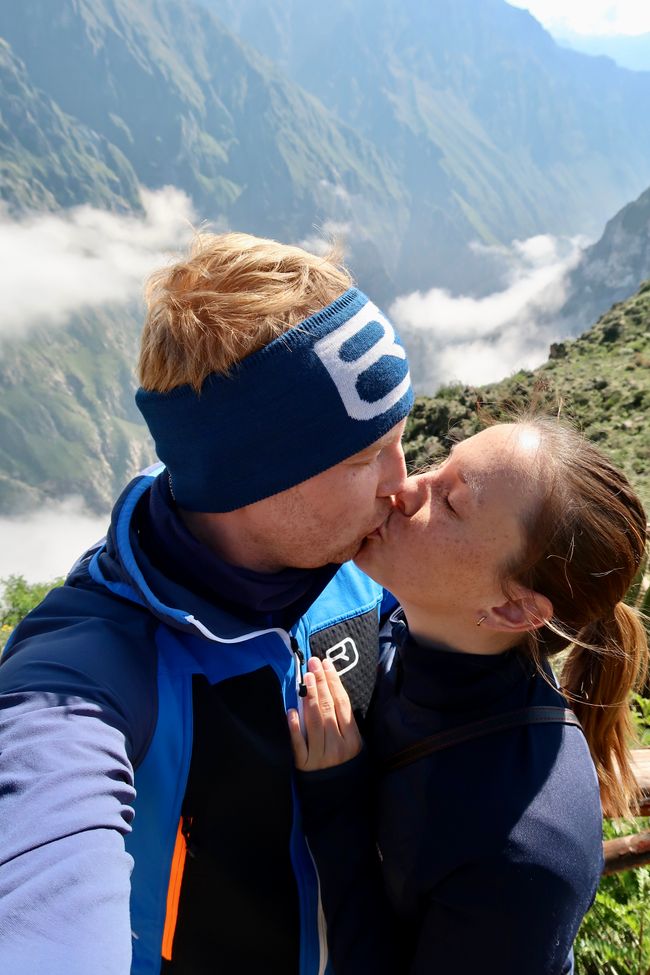
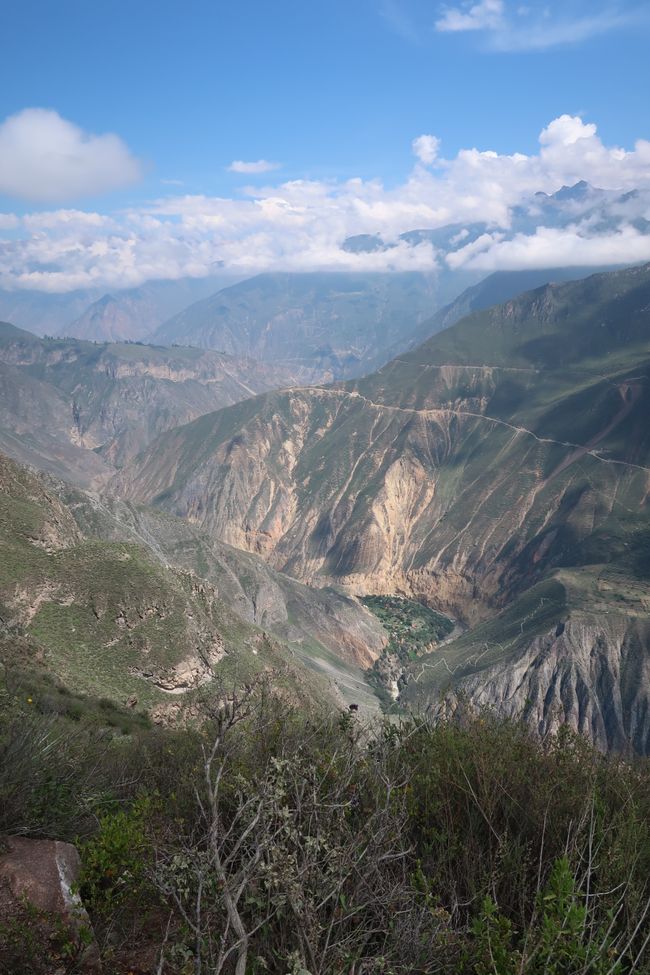
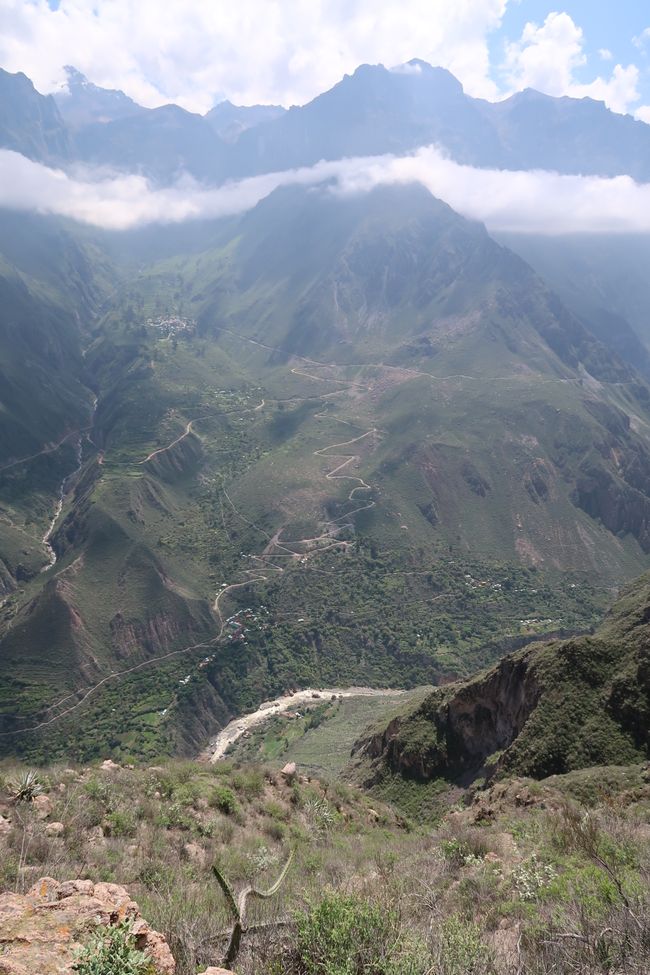
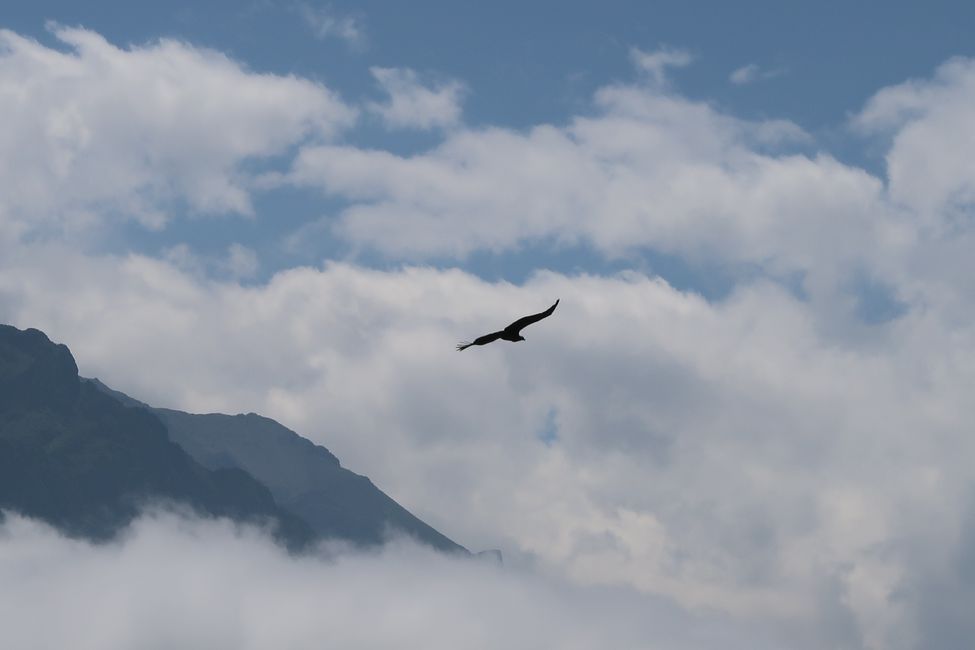
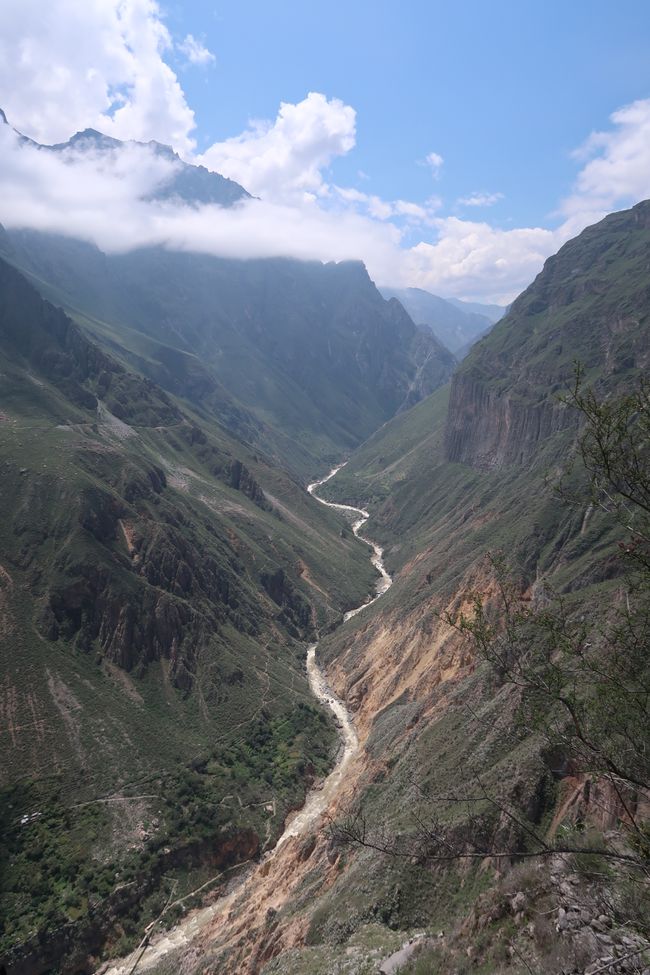
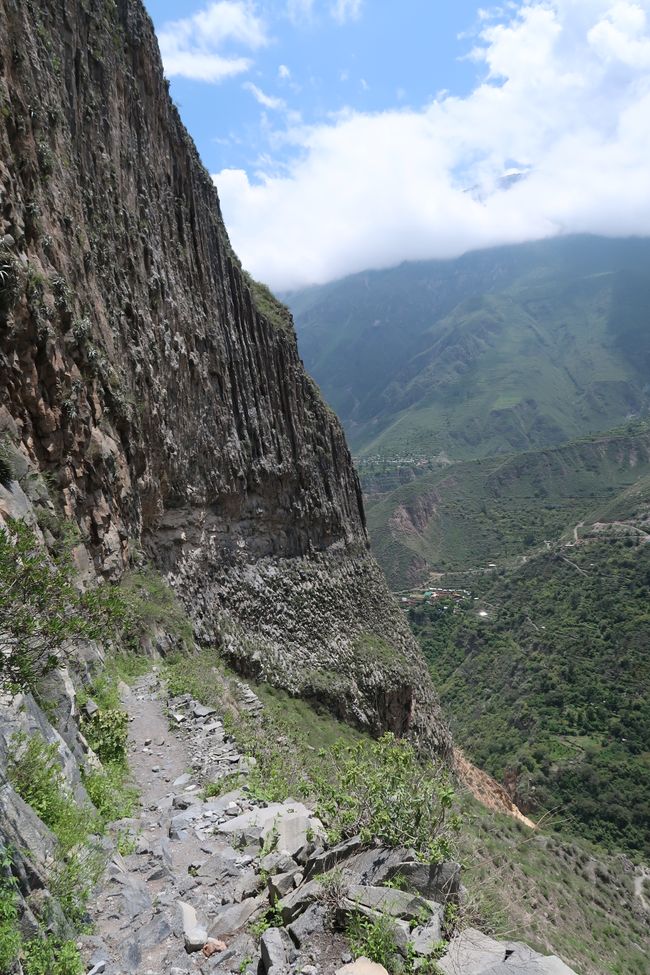
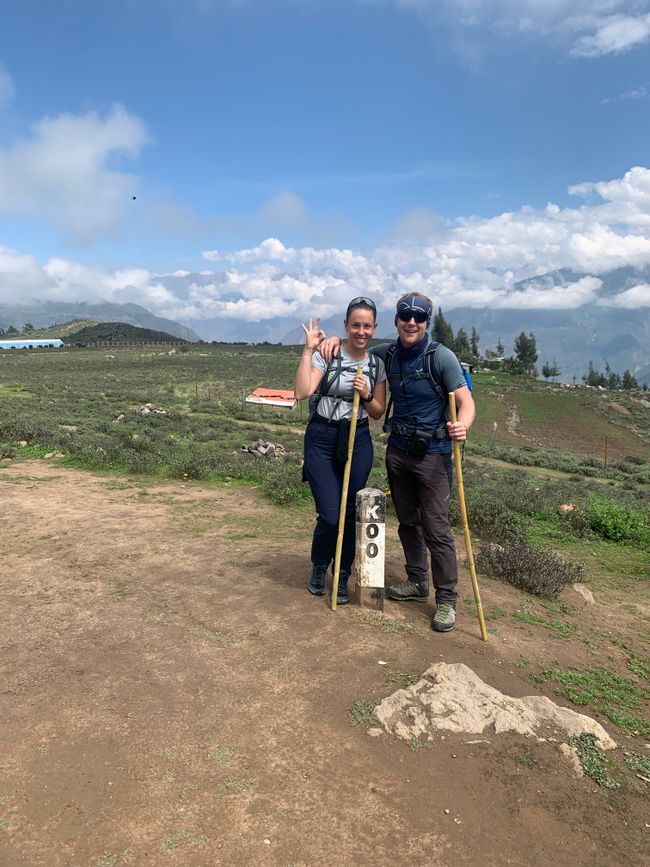
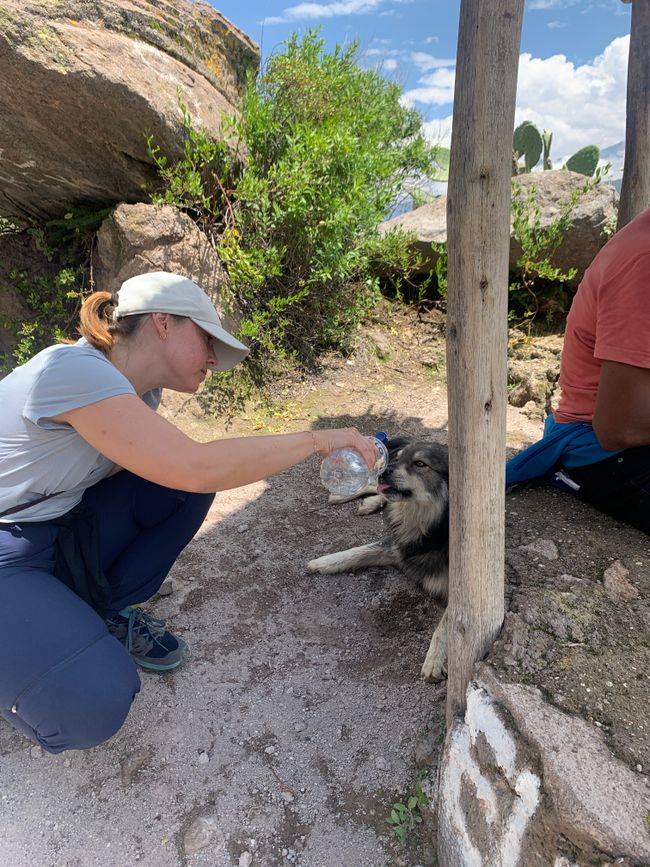
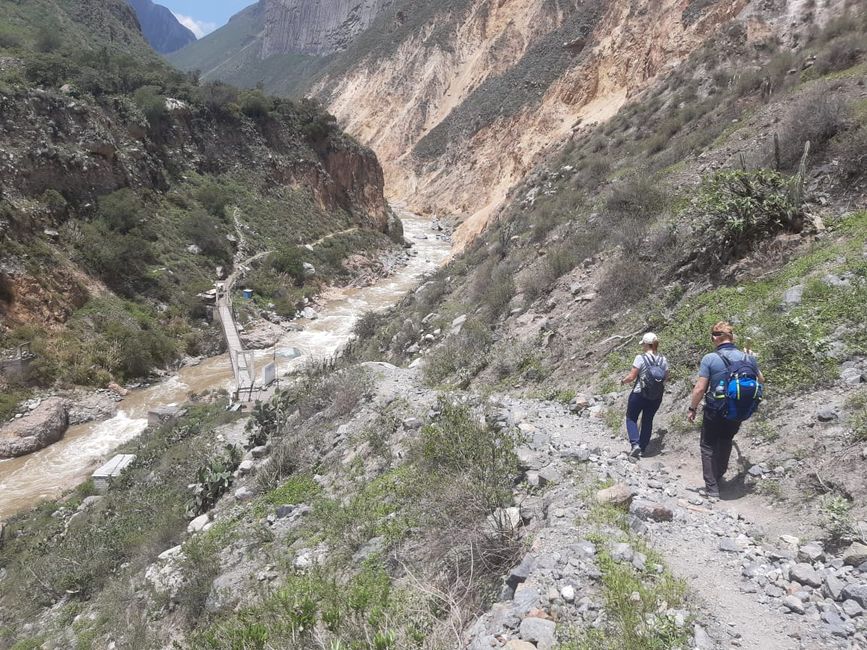
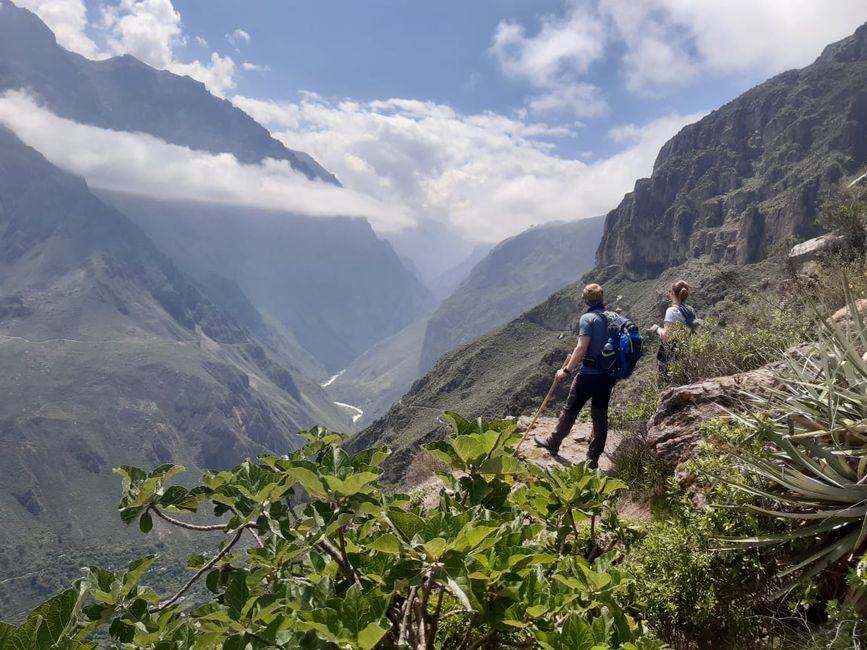
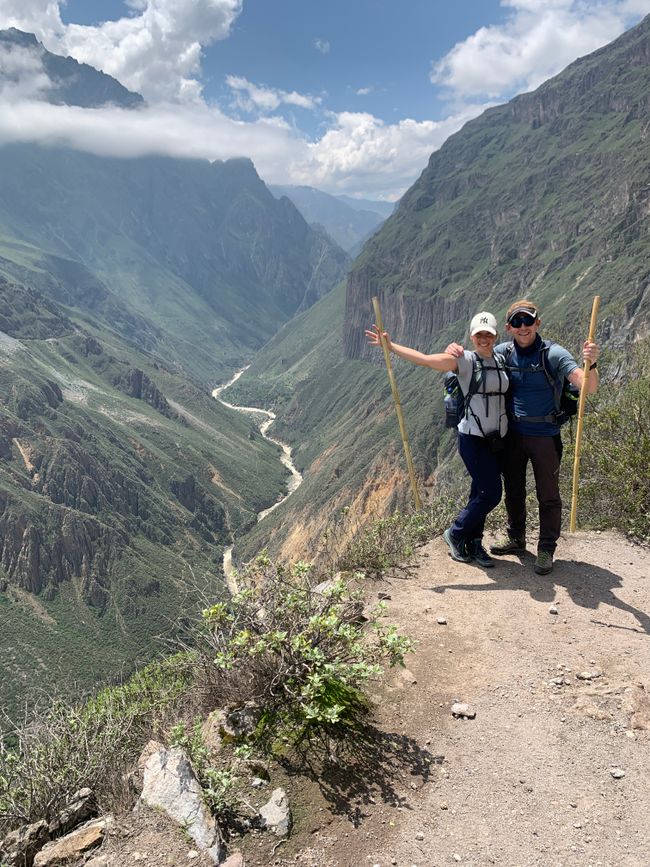
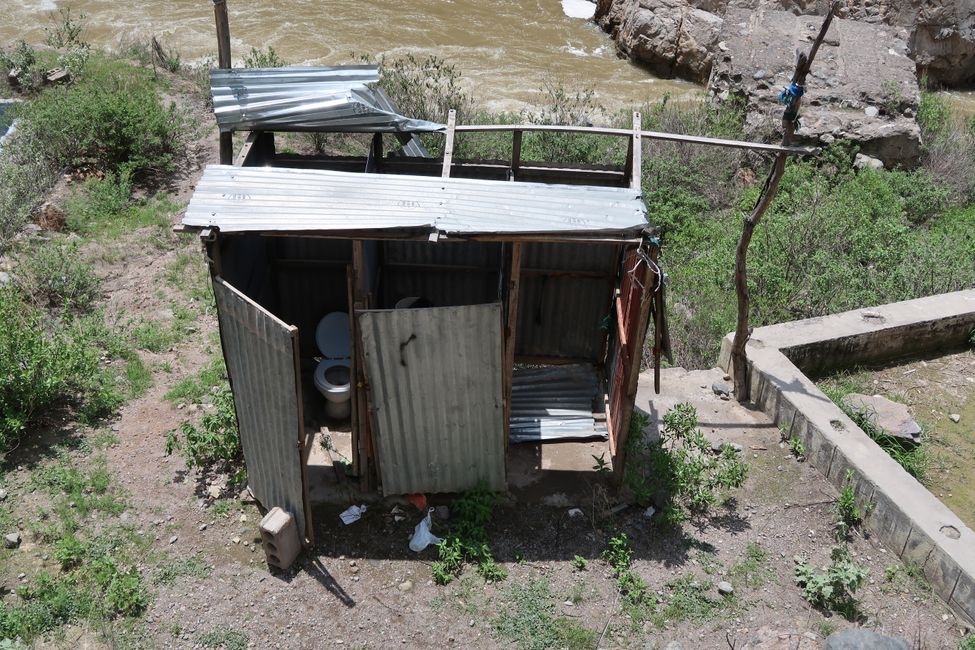
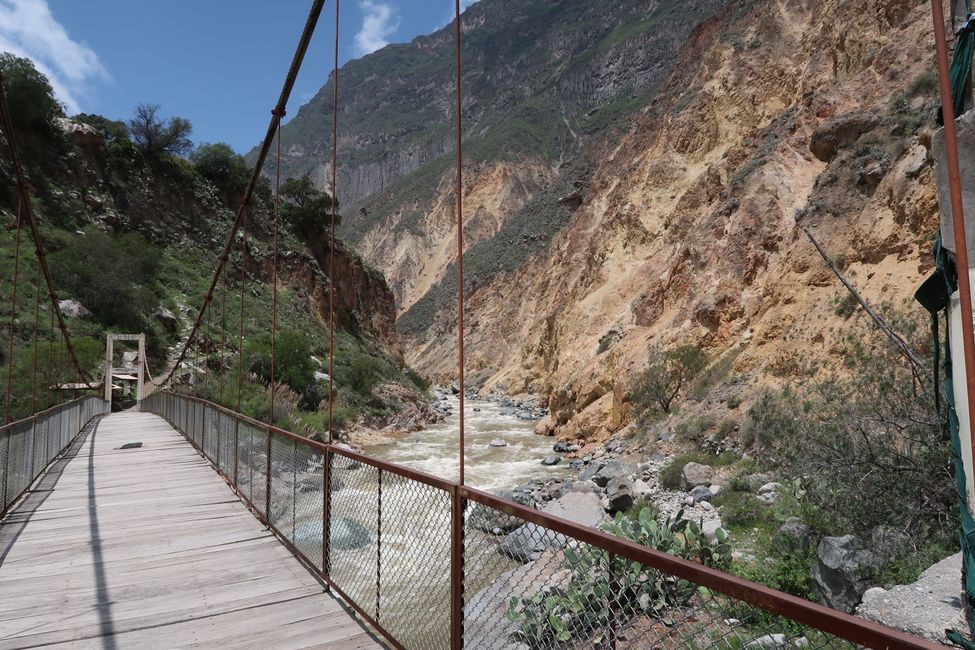

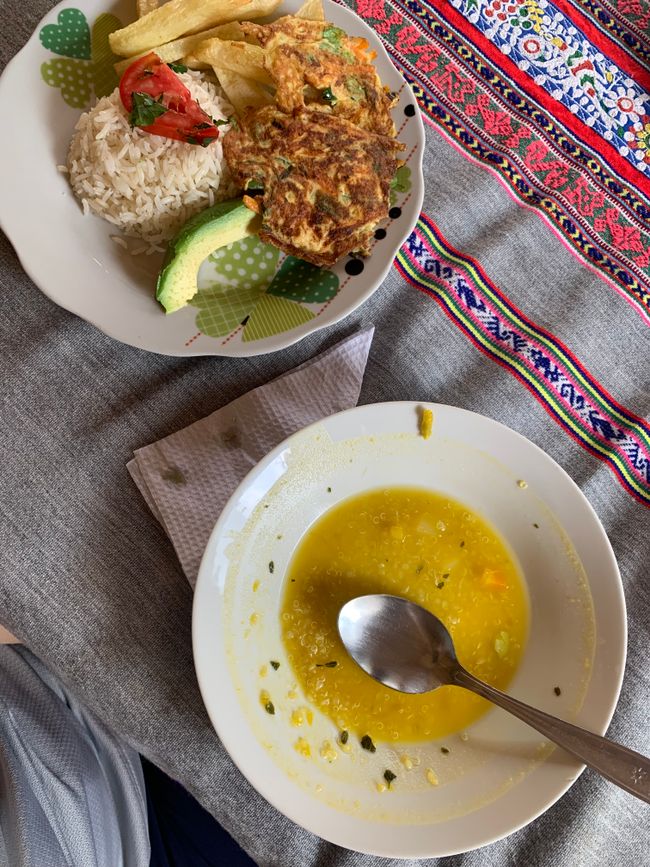
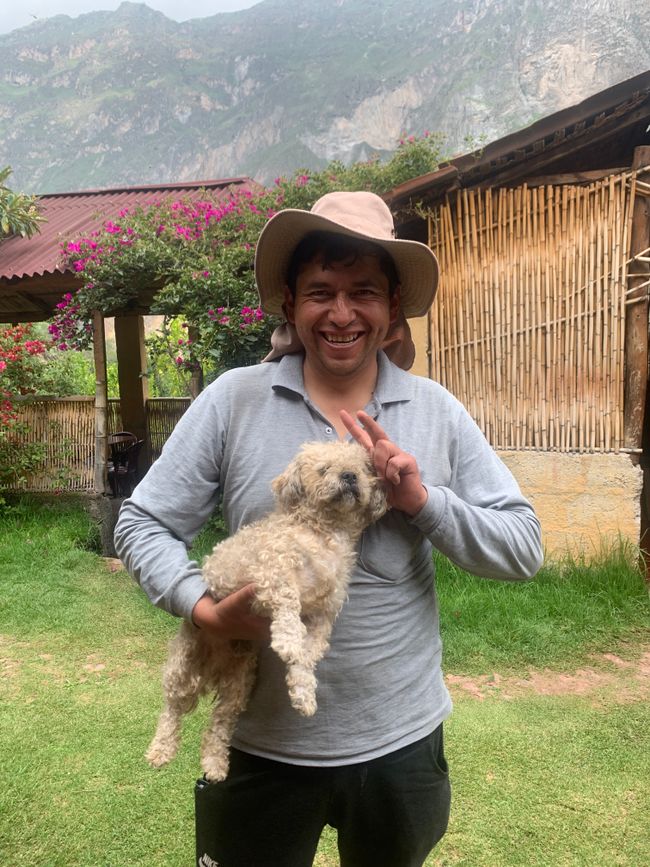
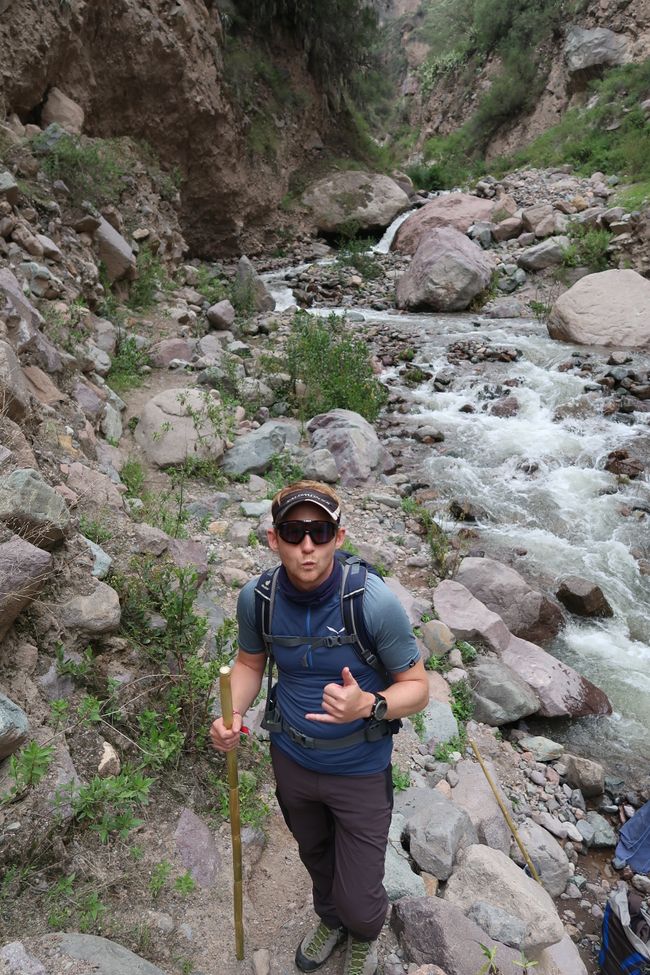
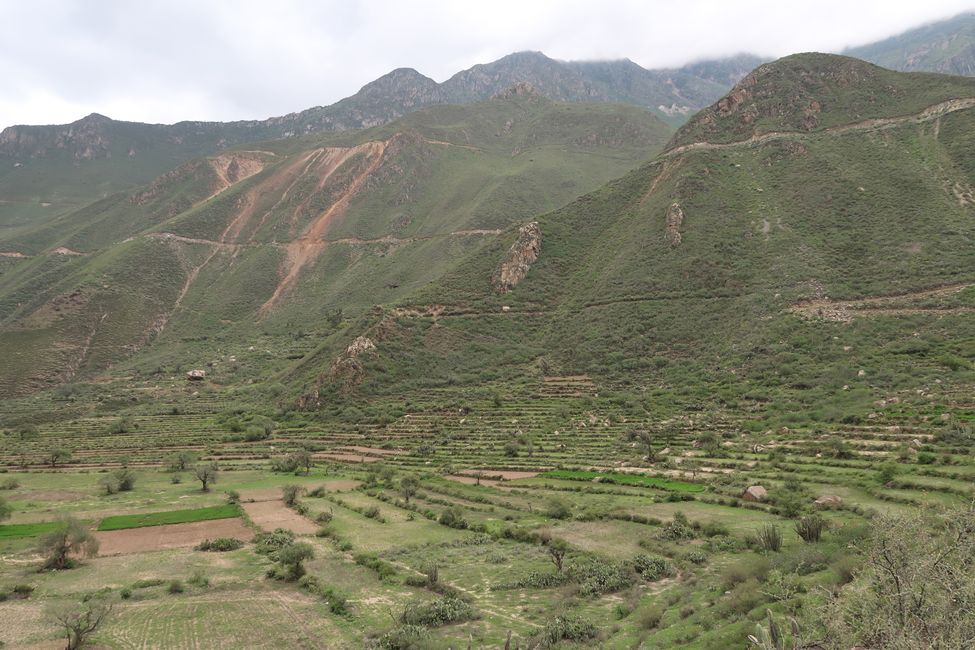
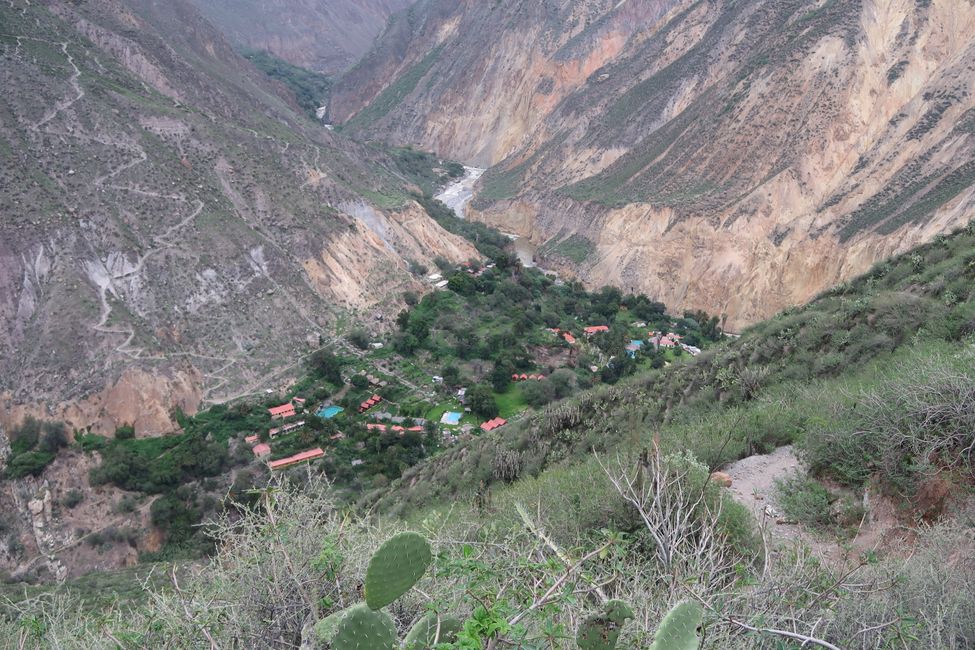
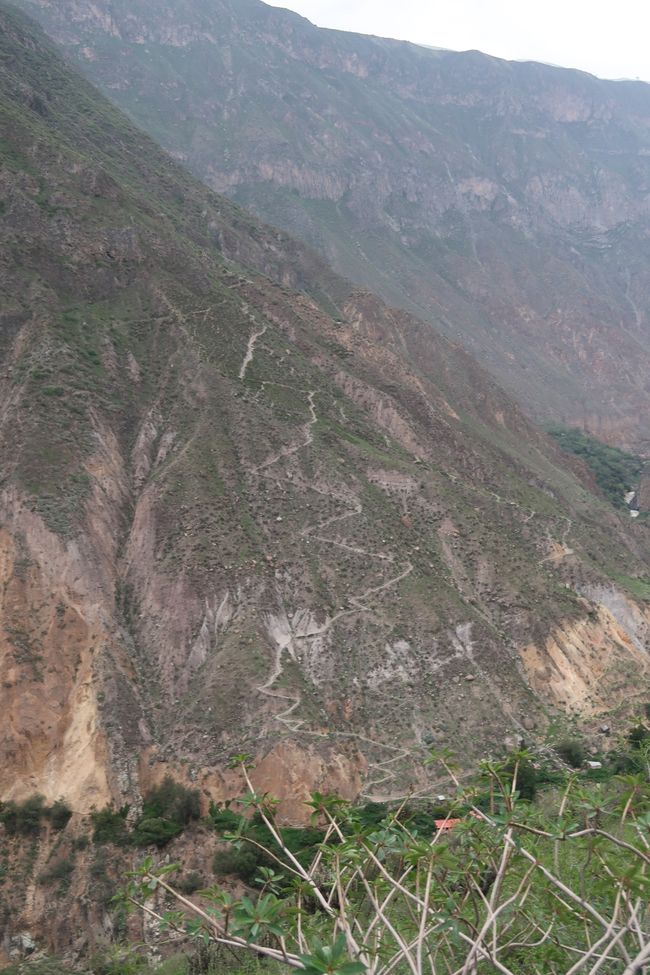
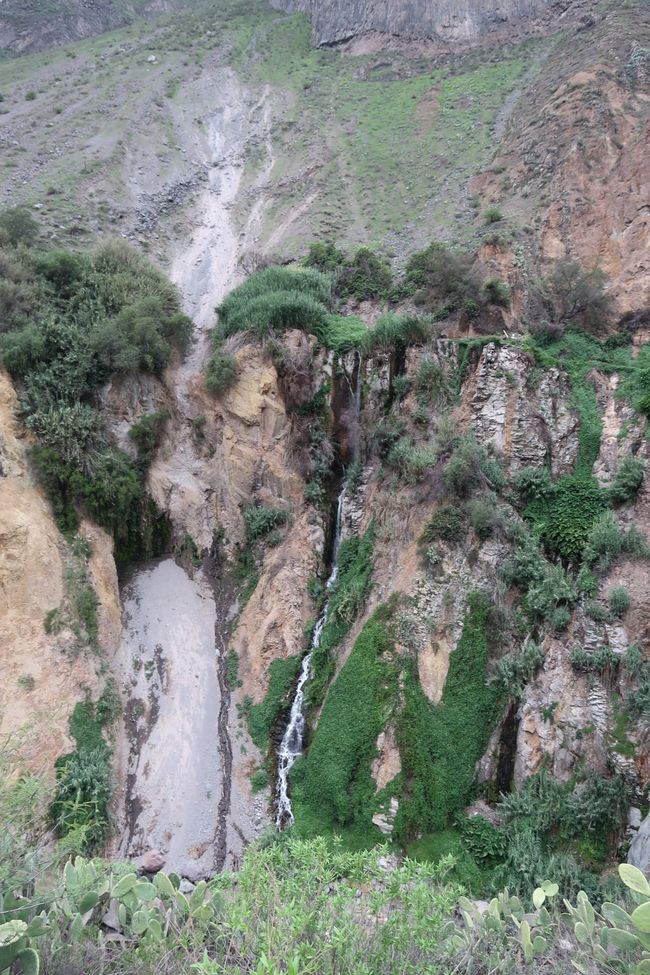
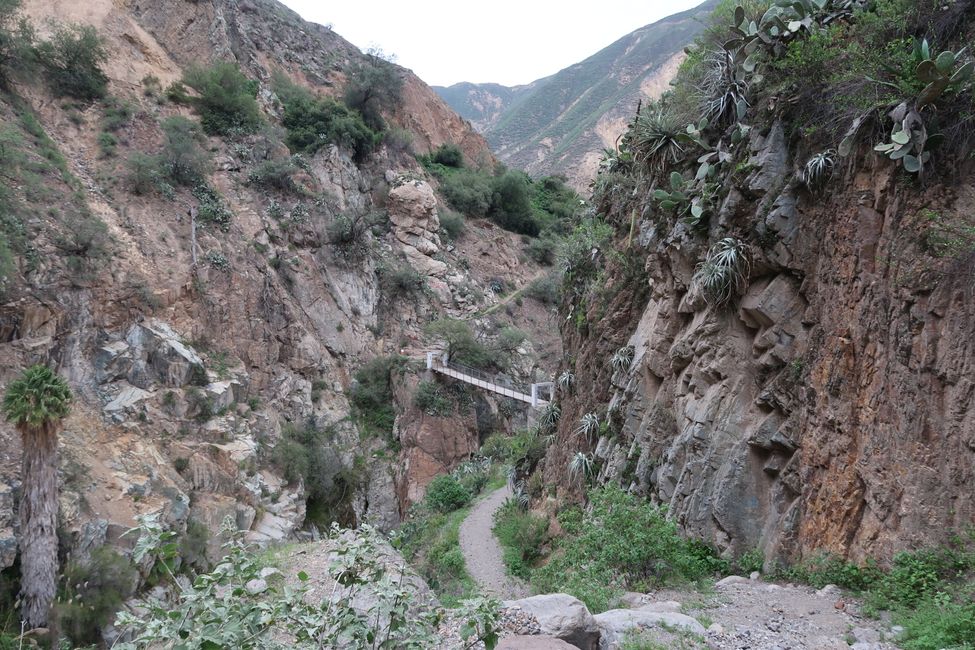
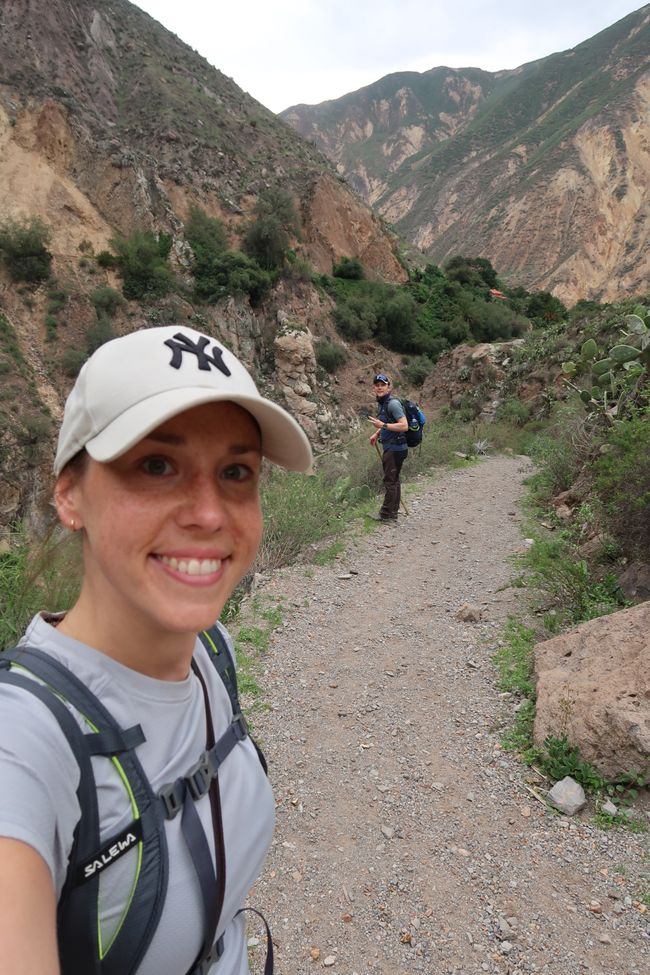
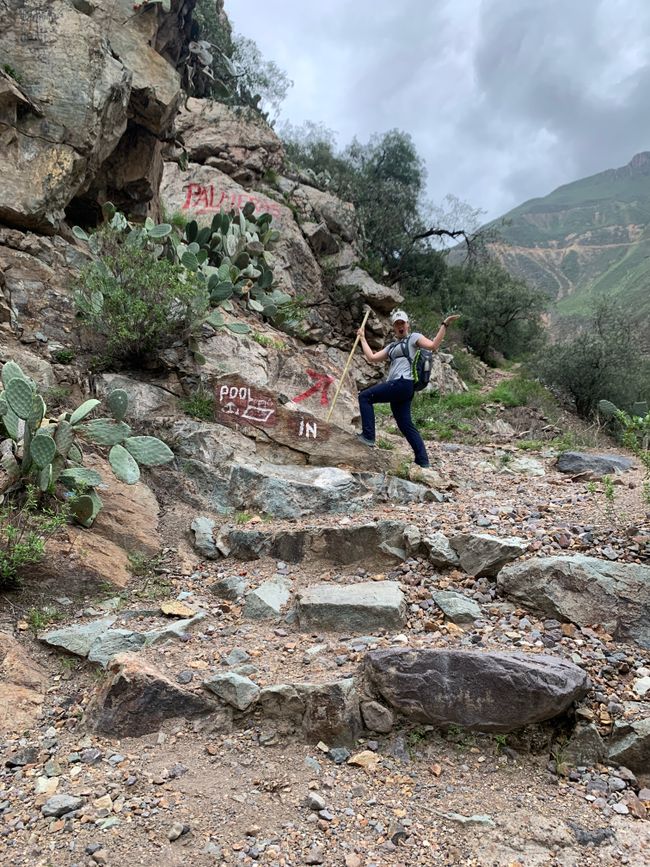
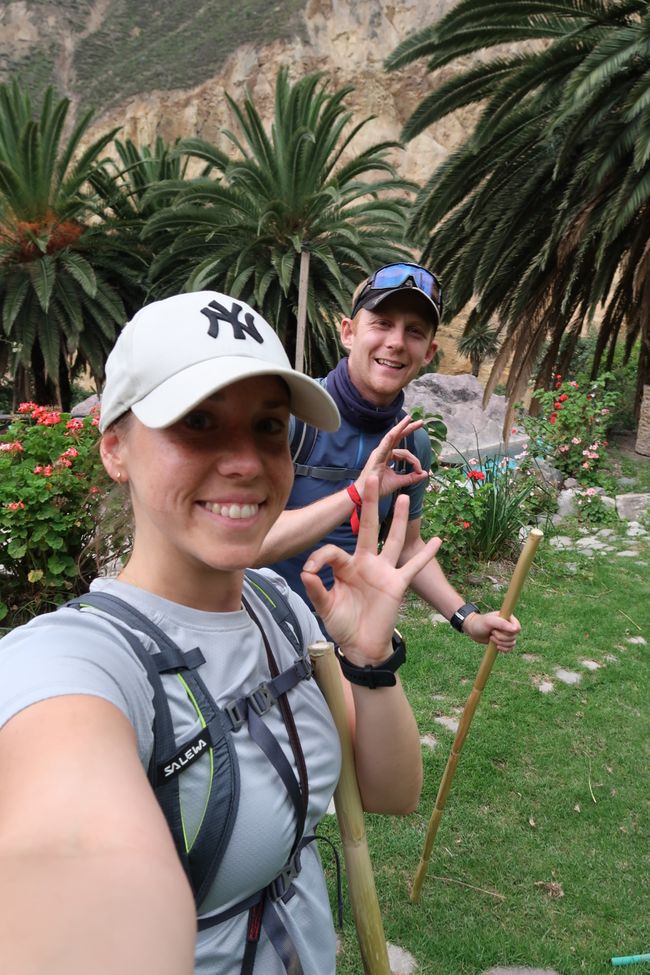
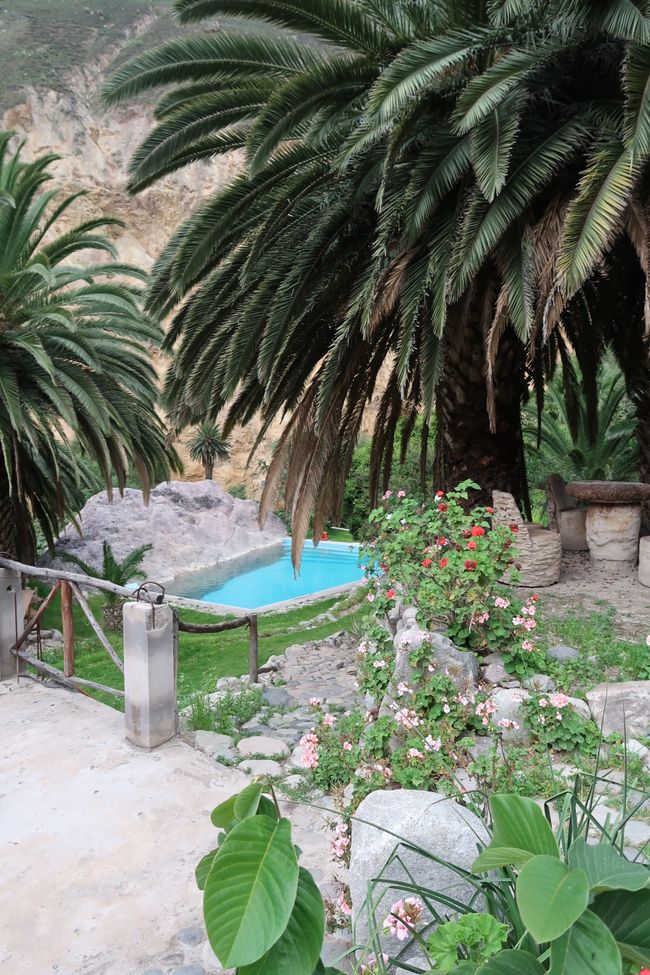
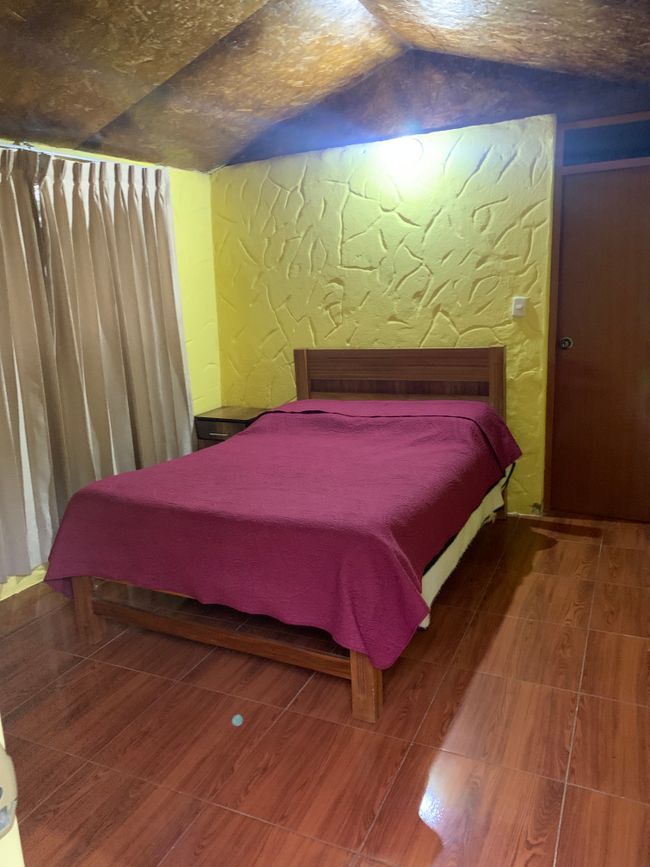
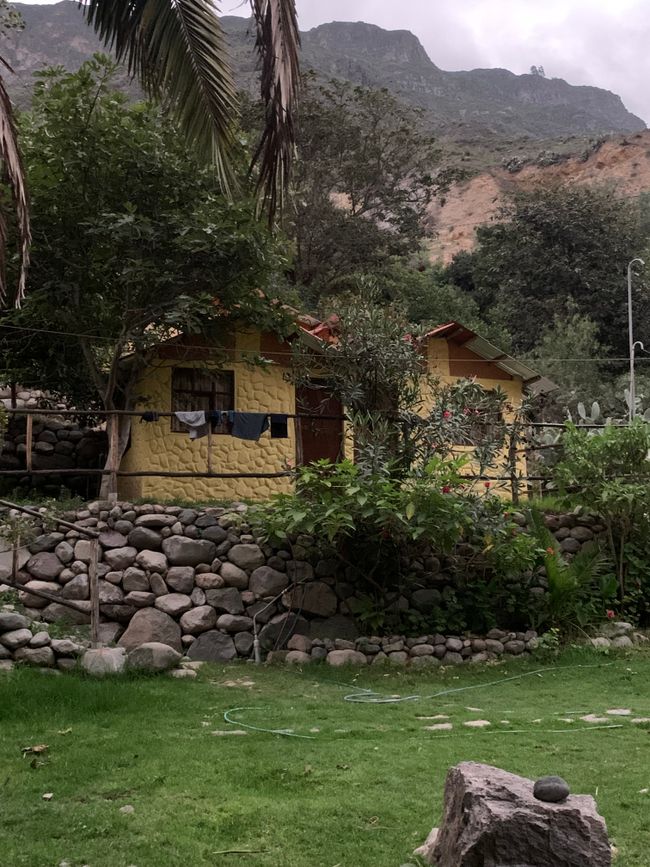
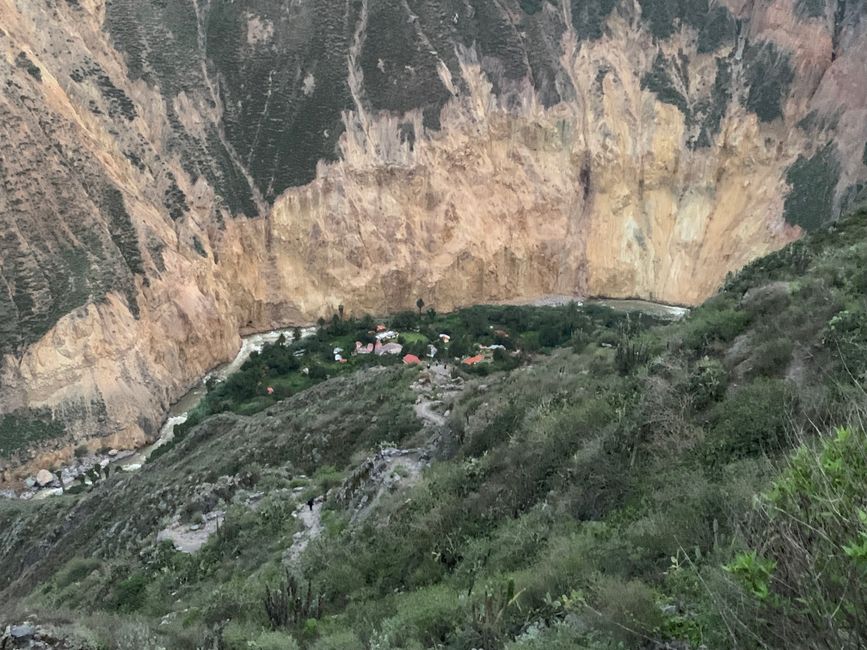
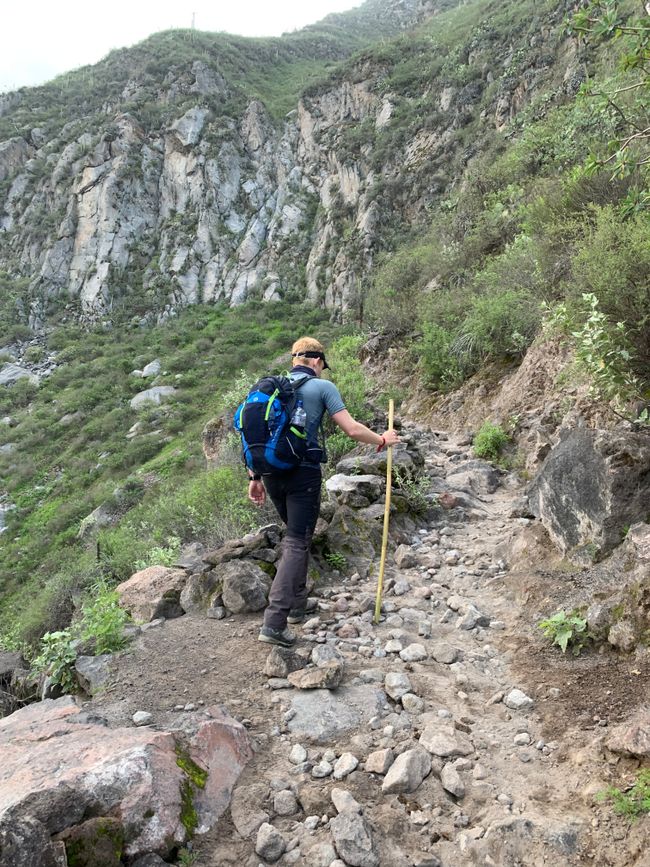
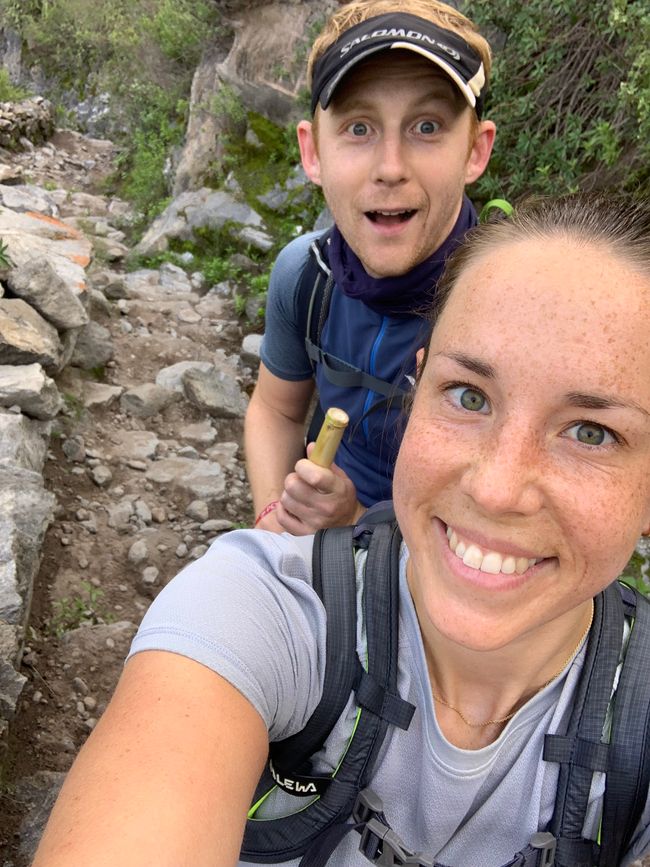
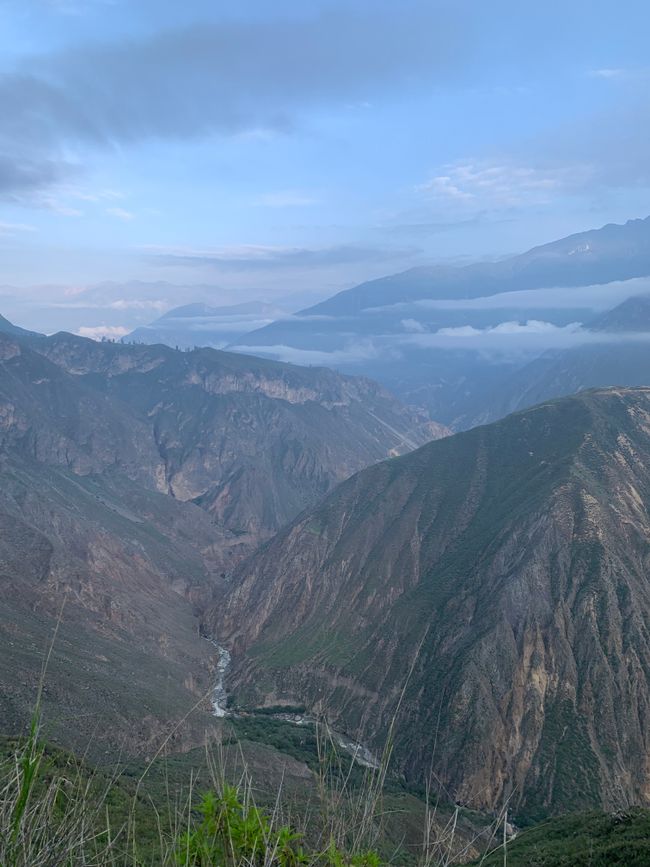
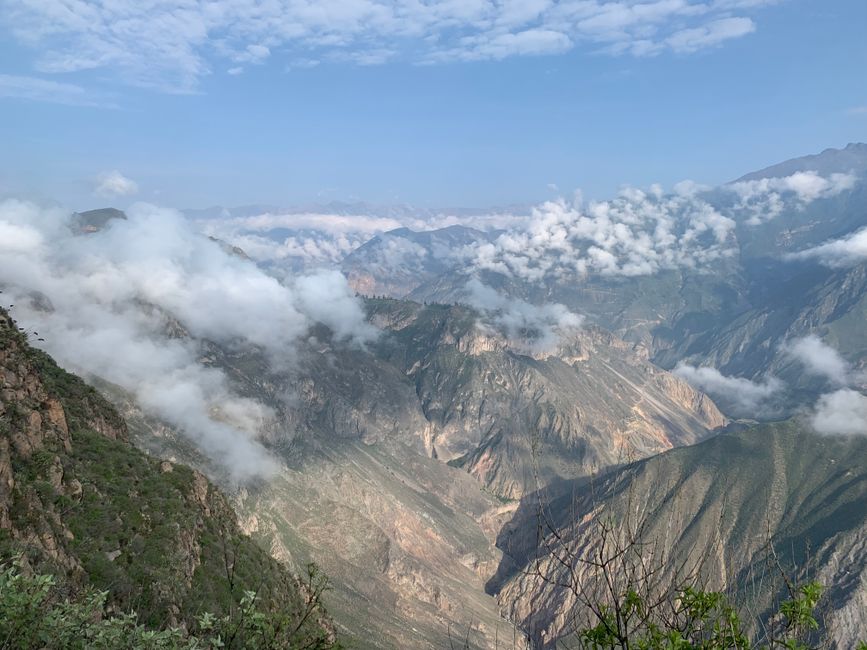
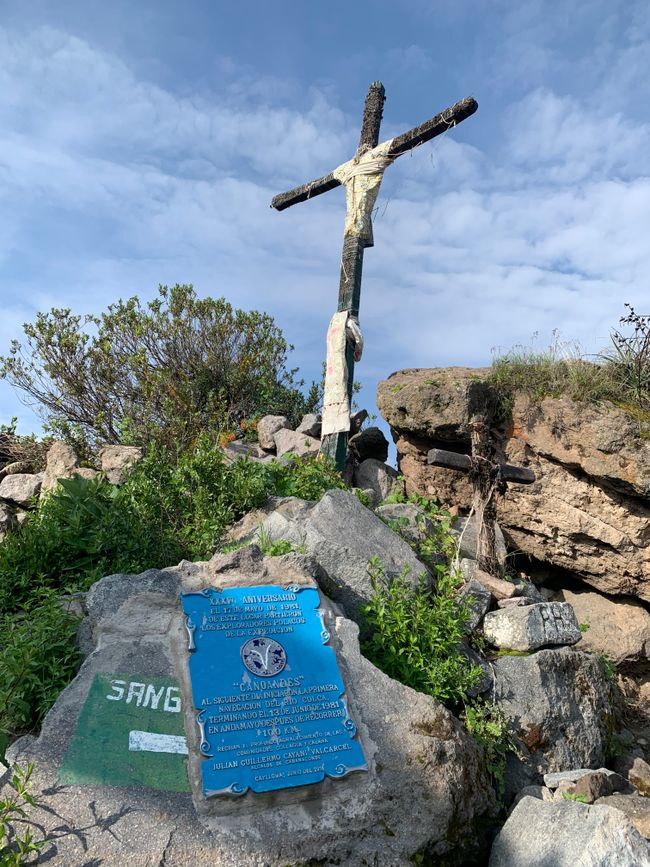
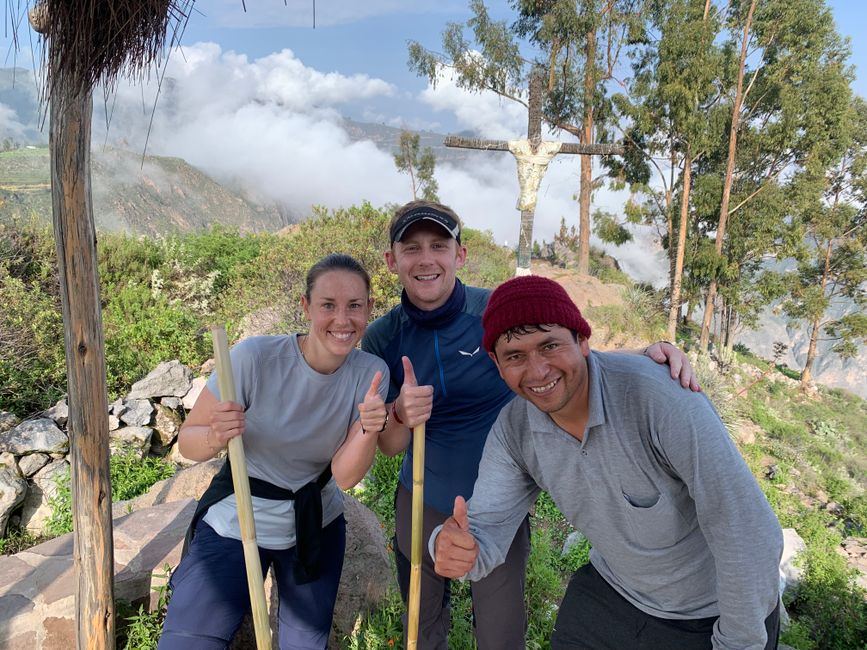
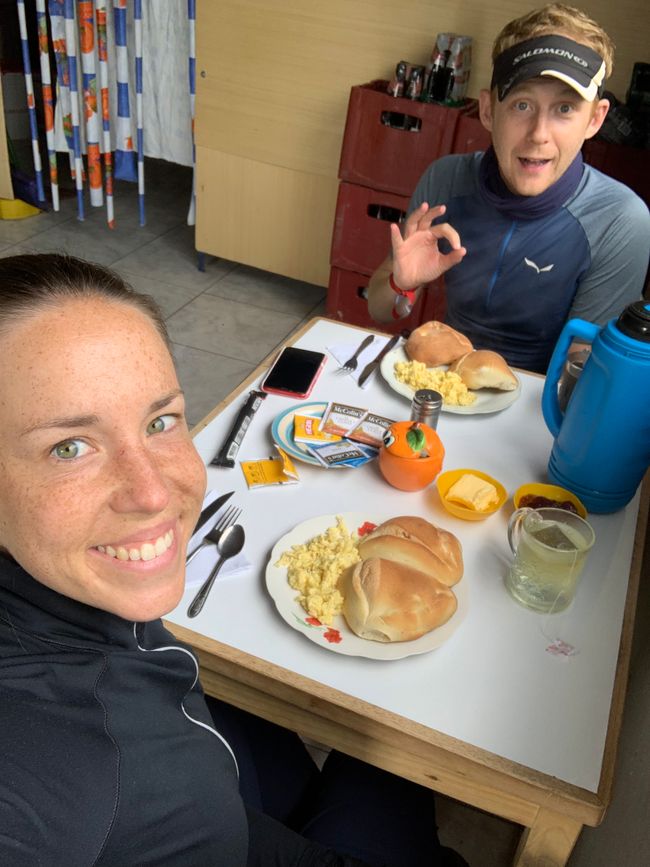
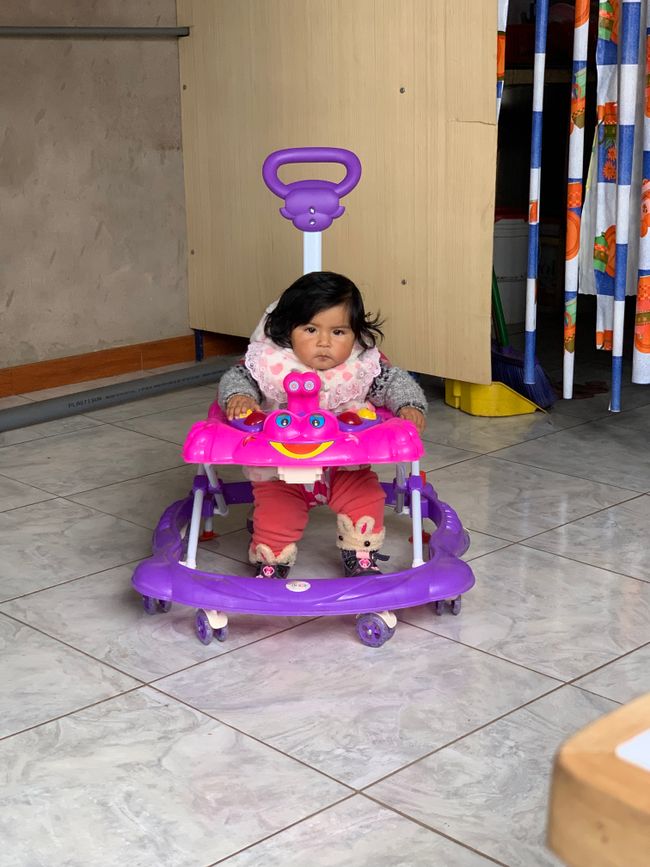
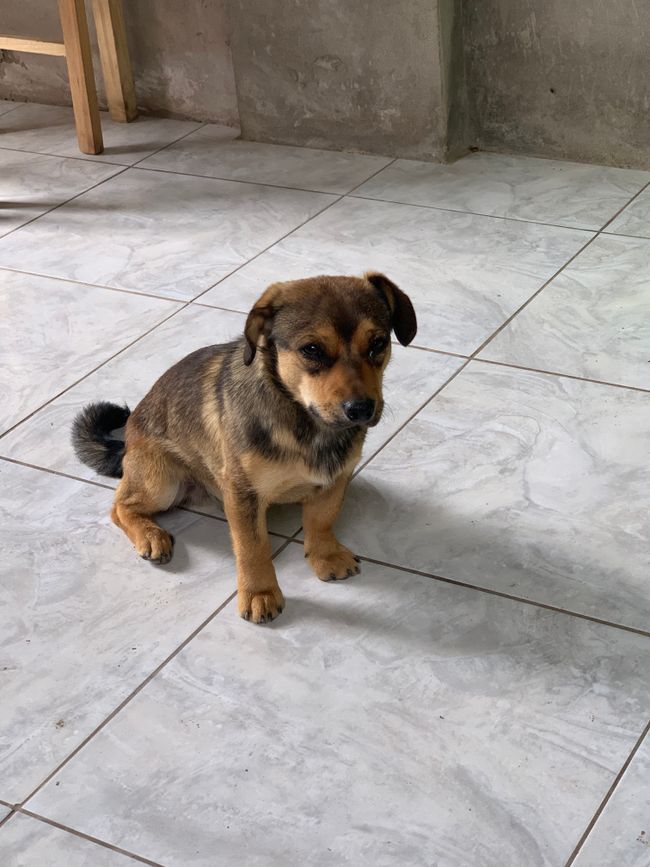
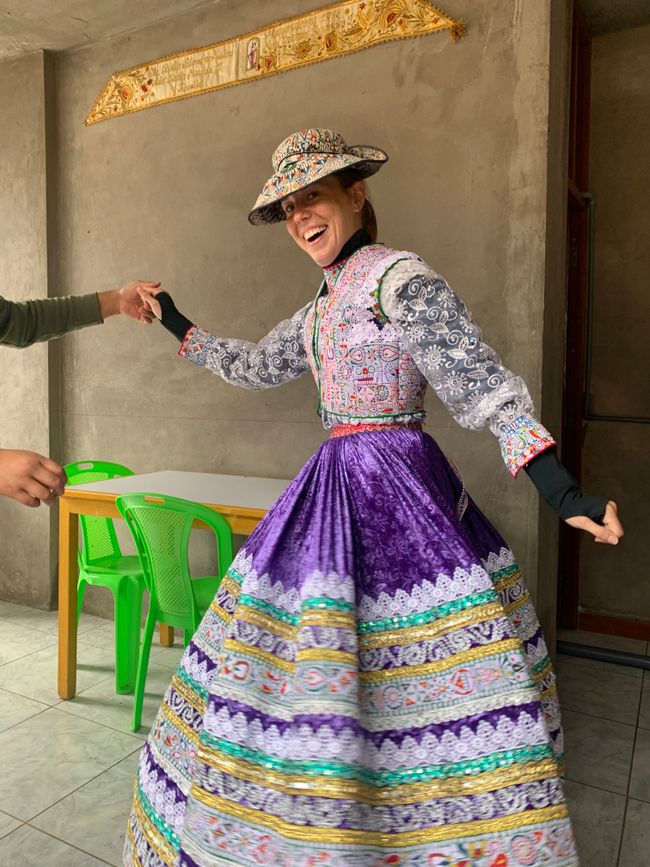
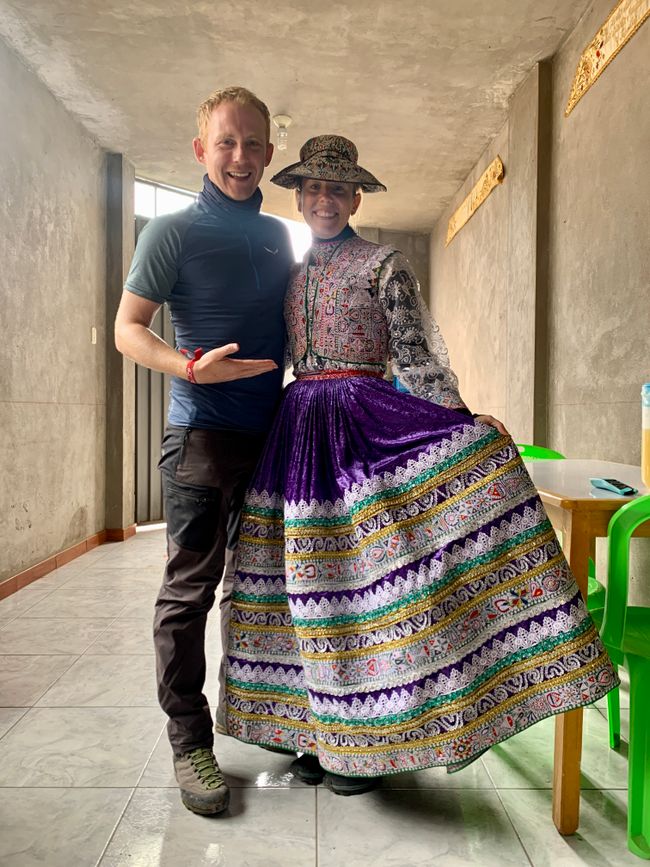
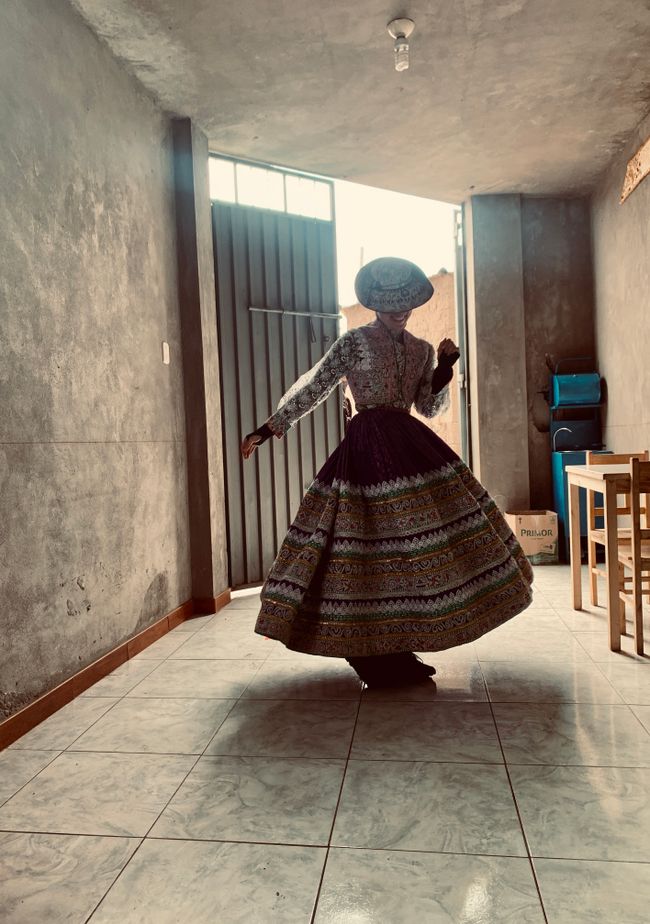
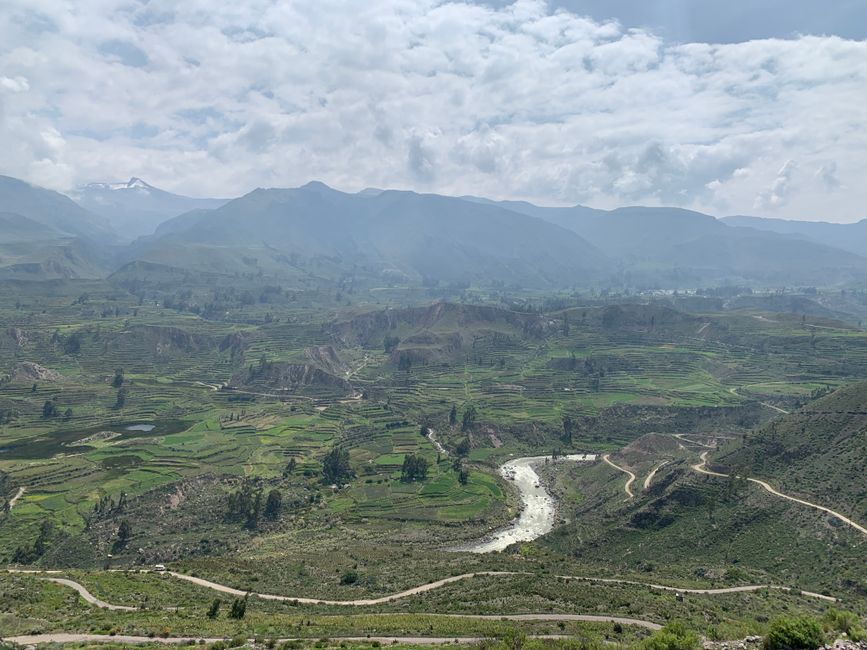
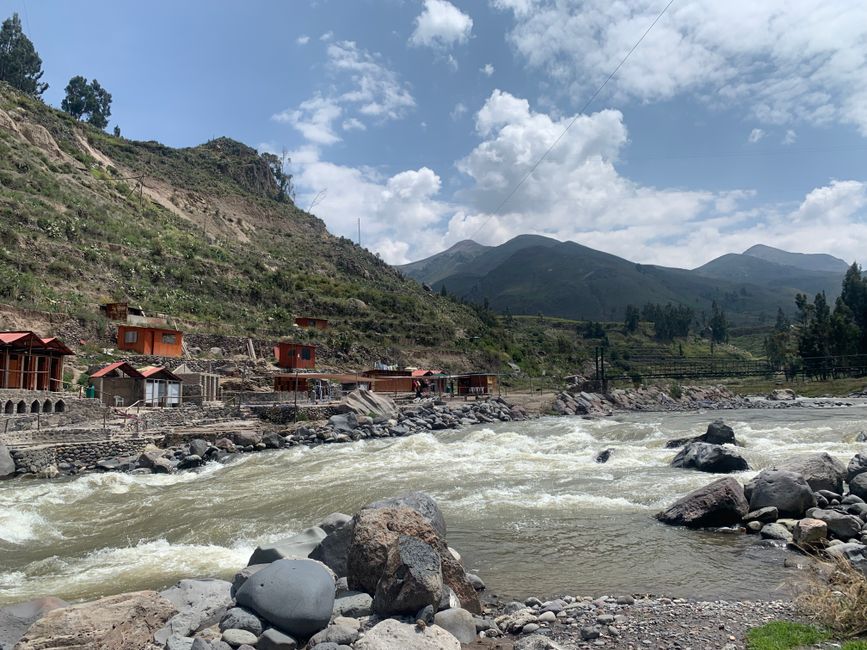
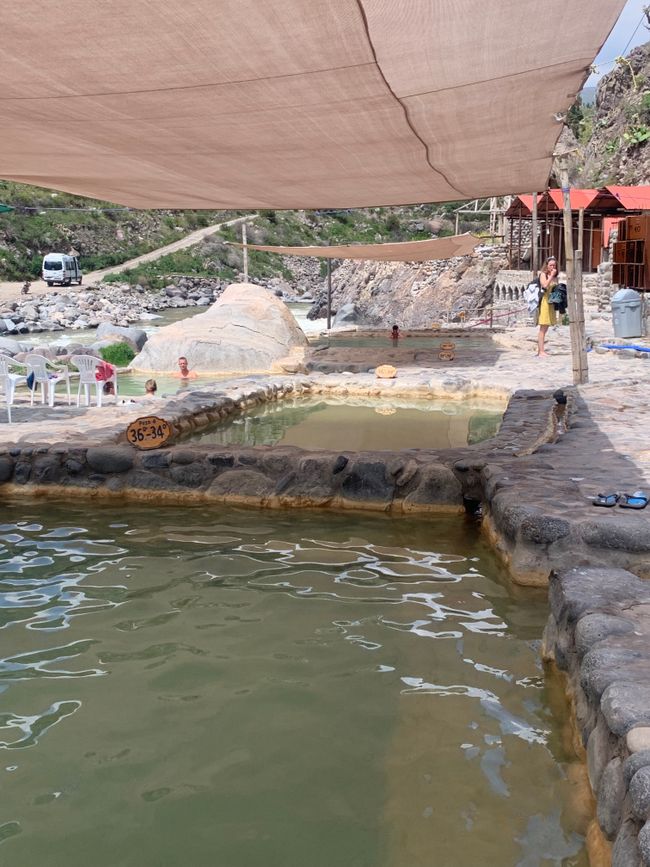

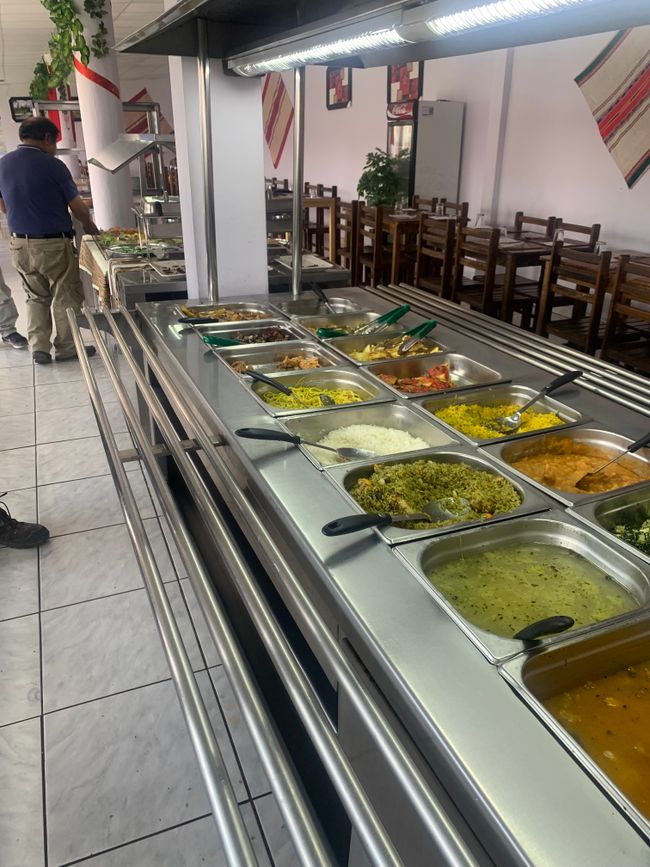
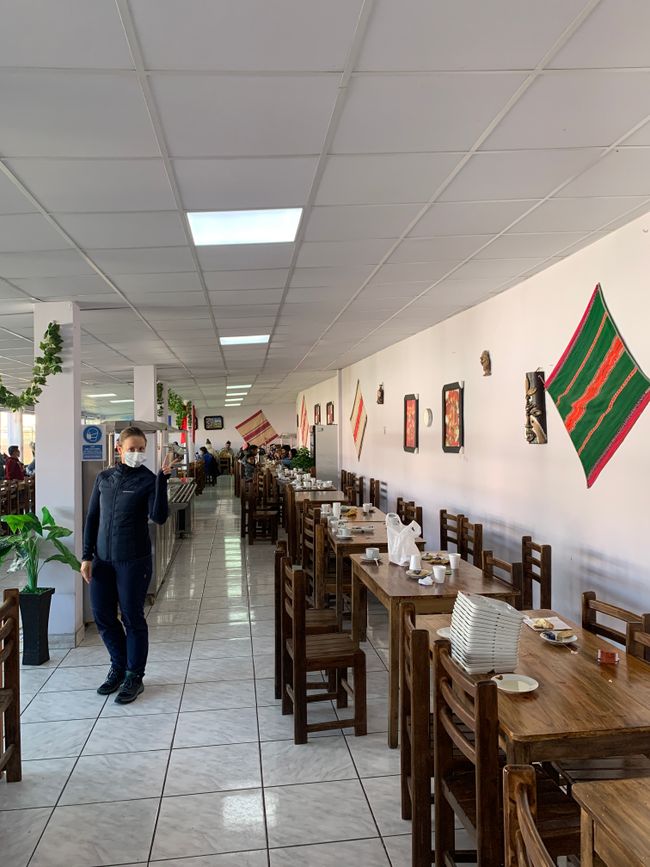
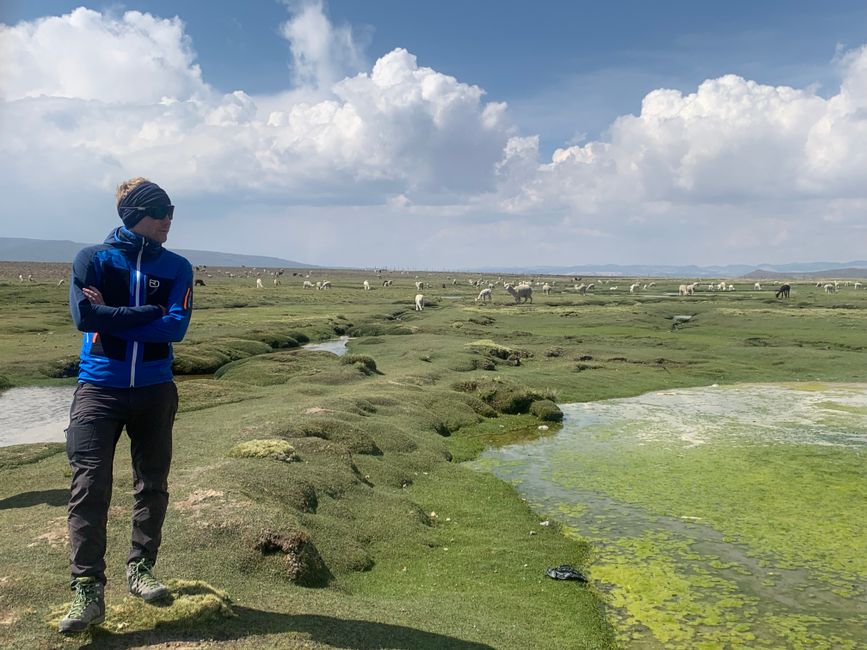
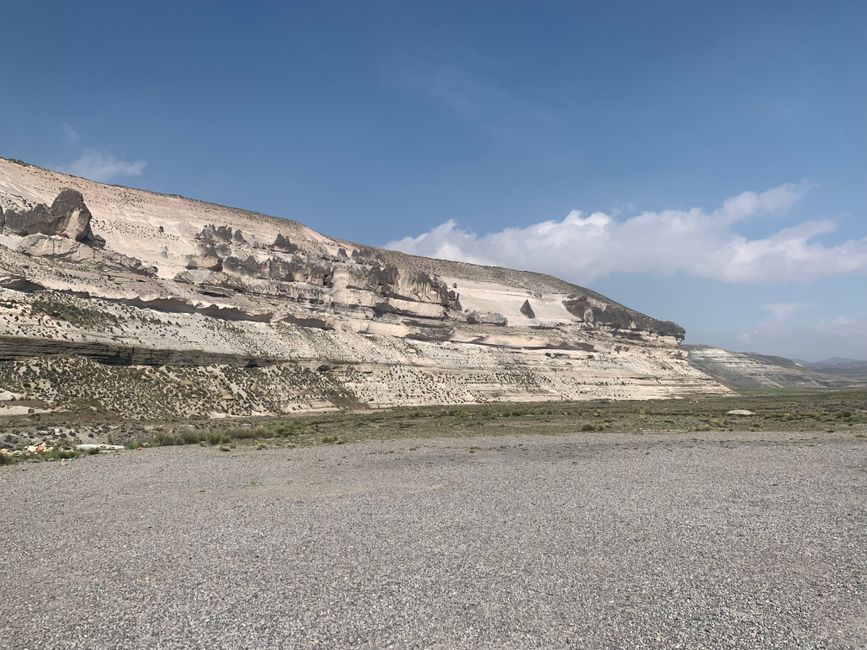
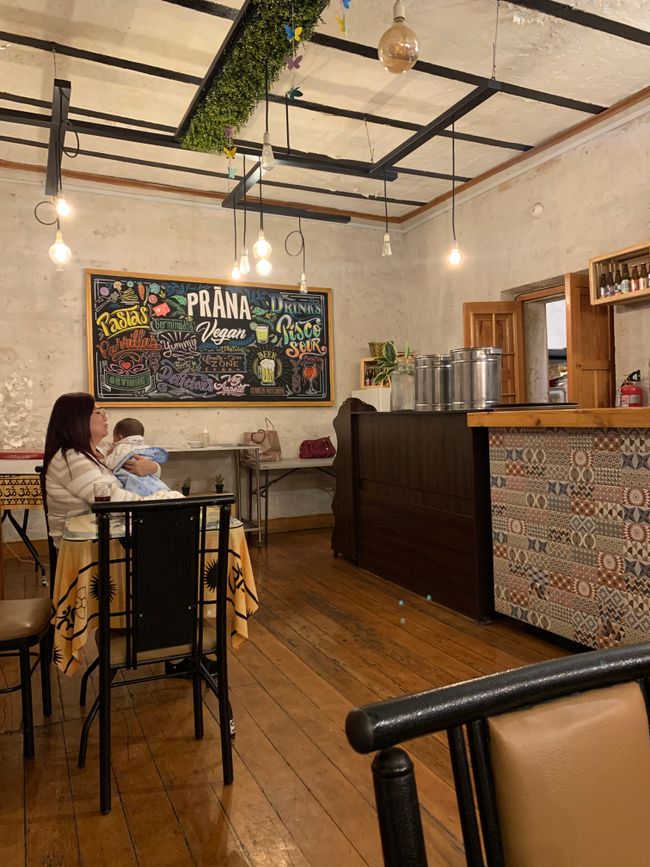
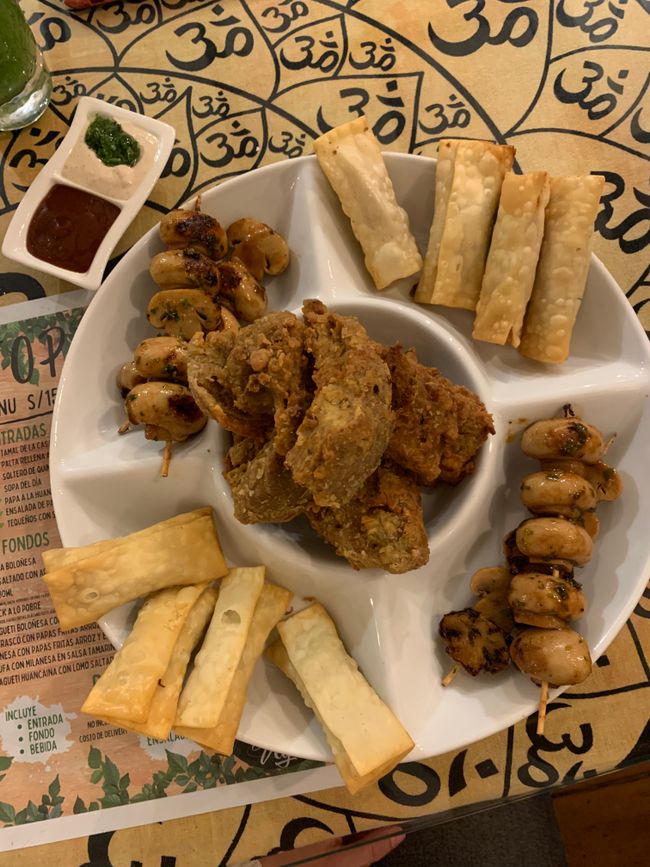
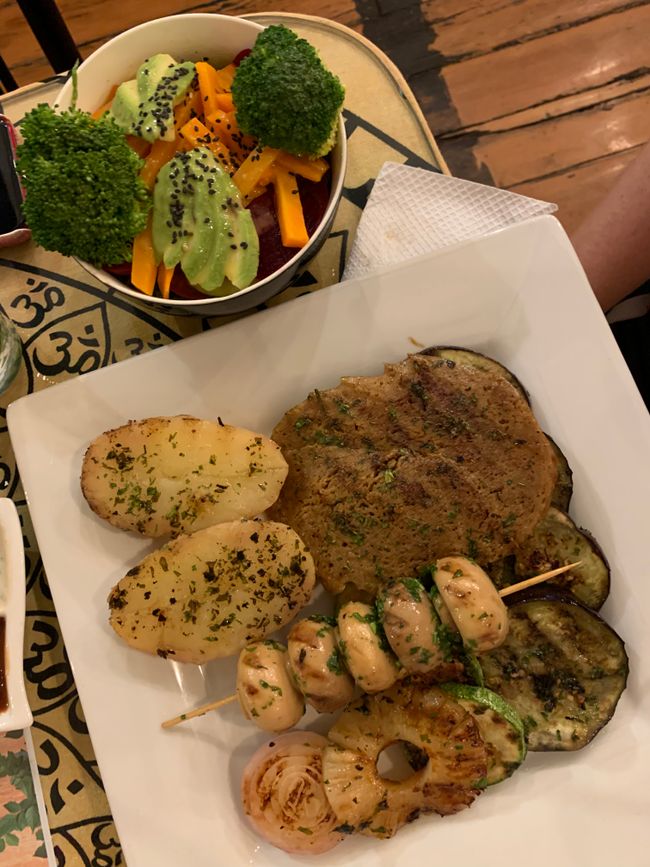
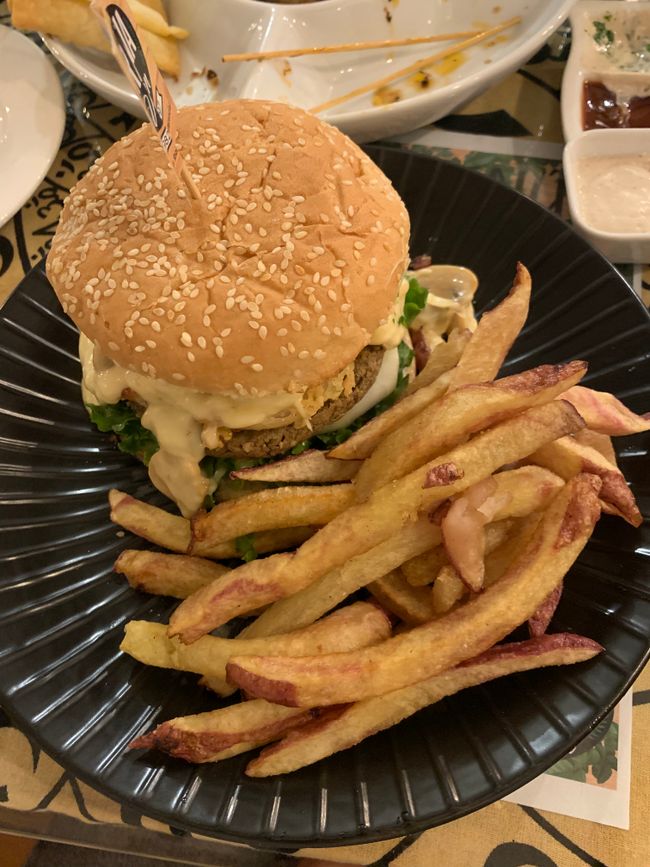
Wɔ Nudɔdɔ na Nyadzɔdzɔgbalẽ
What do you do at 03:00 in the morning in Peru, if you're not sleeping, probably a tour to remote natural jewels. Such a tour was scheduled for the next two days and so after a short night's sleep, we found ourselves at Plaza de Armas for the pickup to Colca Canyon. After extensive research, we decided to go with the provider Oasis, which convinced us with very good reviews and a fair price-performance ratio (https://oasispalmerastravel.com/tours/).
In a minibus with around 10 other participants, we first went to an observation point at around 5000 meters above sea level, which offered a perfect panorama of the surrounding (mountain) giants, including SANBANCAYA (active) HUALCAHUALCA, AMPATO, MISTI and CHACHANI (which will occupy us even more on the trip ;-)). However, the magnificent view was countered by the very cold temperatures and the extremely thin air. Therefore, we quickly jumped back on the bus for the Cruz del Condor lookout point, about 50 minutes away.
The condor is the most popular bird in the Andes of Peru and accordingly well visited is also this point at an early hour (hard to imagine what is going on here in the high season or later in the morning). The condor belongs to the species of vultures and male animals can have a wingspan of up to 3 meters (more about it: Andean condor - Wikipedia) We have no luck at this point (yet) and drive on to Cabanaconde, the starting point of our hike.
Cabanaconde, a little village with around 1700 inhabitants is located at an altitude of just under 3300 meters and is a prime example of an Andean village with some tourism. At a small "kiosk" between free-running pigs, cats, and dogs, as well as numerous guinea pigs (kept in cages but not as pets...), our guide Carlos recommends that we borrow bamboo sticks before we start the stage of the day for good. We have about 18km of distance and about 1200 meters of "descent" into the valley over serpentine roads ahead of us.
The Colca Valley is a true natural paradise and offers us beautiful views continuously, and behold, after about 30 minutes there are Andean condors floating in the sky along the way. Carlos, our guide, is very experienced and tells us a lot of interesting things about the animal world, vegetation, the life of the local population, and also personal insights into the time during Covid. It is admirable the resilience and positive attitude to life that people like Carlos, whom we have met several times during our trip through the country, bring with them.
After about 3 hours of hiking, we fortified ourselves with traditional home-cooked food for lunch in a small village called San Juan de Chuccho. Carlos then provided dessert on the second part of the route, as we found "mini-pears", figs, or cactus plants (tuna) that we could taste, including detailed explanations. Hiking is twice as much fun that way. As the sky slowly darkened, but rather due to an impending thunderstorm, we picked up the pace and after one last descent, tired but happy, we reached the "Oasis". The thunderstorm did not come, but we were surprised by the amenities that were offered on site. The Oasis Sangalle offered not only a natural swimming pool to cool off but also towels and even satellite wifi. After a simple dinner in the pleasant company of a German couple, whom we had already met briefly in Huacachina in the desert, it was time to go to bed early.
At 04:00 the next day, it was time to get out of bed. Carlos was ready for us at 04:30 and we started the second part of the tour, which is often described as extremely challenging in blogs/experience reports. The reason for this is the slightly over 1100 meters of ascent that must be conquered right from the start. That's why most tours recommend starting very early to avoid getting into the heat, which, in addition to the thin air, poses an additional challenge. The emergency option for going uphill would be a mule for around 70 Soles (=approx. 18 €), which was also used by two US ladies who did not take acclimatization seriously before and already struggled on day 1.
We decided not to use the "mule taxi" and after a little more than 3 hours, we reached the top, which crowned the many positive impressions of the last hours. Now it was time for breakfast and Carlos took us to a small house in the little village of Cabanaconde, where we were served scrambled eggs, jam, and avocado, as well as Peruvian folk music via YouTube. Just as we finished breakfast, Kathi was "abducted" to the kitchen by guide Carlos and the host's daughters. After a few minutes, we could barely stop laughing, as Kathi immediately put on the appropriate outfit from the YouTube videos and could dance perfectly under the guidance of the ladies. What such music sounds like - here's an example ME MARCHARÉ (Huayno) - Banda La Renovada Santa Cecilia Carabamba (Official Video)) After the first efforts of the day, there was already a warm and cheerful atmosphere early in the morning, and after this "crash course" including funny photos, we said goodbye to the family and headed towards the bus.
There were still several stops planned for the return trip, including the opportunity to immerse our tired legs in hot springs or cold pools for a little over 1 hour, truly a pleasure after the previous efforts. We also stopped at Antahuilque, where we saw pre-Inca terraces dating back to the "before" Inca time, Chivay for lunch, and the Salinas National Park (lots of alpacas and llamas!). Step by step, we made our way back to Arequipa. By the way, we had already left Carlos in Cabanaconde, as he immediately jumped back to the start of the trail for a new tour, respect for his endurance!
During the return journey with the guide "Jose" of the other group, which shared the bus with us, an interesting circumstance emerged. Two German guys were determined to climb a volcano, and Jose offered a guided tour to Chachani the following day, a 6000m peak near Arequipa, which we had admired from a distance at the lookout point the day before. Inspired by the idea, Johannes spontaneously joined the venture. Since we had been discussing Puno and Lake Titicaca for the past few days anyway, whether it made sense, it was now clear that this would be changed in favor of the mountain tour and an earlier arrival in Cusco.
By 16:00 we were back in Arequipa from this dreamlike excursion and natural gem Colca. After a short stop at the rental shop for equipment including a briefing for the Chachani trip, there was still some organizational matters to discuss in the evening and to make up for burned calories. By the way, a good opportunity to do this in Arequipa "without meat" is the restaurant "Prana" https://www.facebook.com/PRANAVEGANCLUB/ . Stylish concept, wide range of options, fair prices, and huge portions, a recommendation also for meat lovers who want to try something without meat!
The daily twos:
Realization: We are impressed by the variety of impressions of the trip to Colca Canyon and can highly recommend these experiences. Colca Canyon is twice as deep as the Grand Canyon and with up to 3,300 meters, it is one of the deepest canyons in the world. The combination of diverse vegetation, stunning panoramas, down-to-earth people, and yet tranquility is unique here. By the way, the extensive coverage of two travel bloggers helped us a lot in preparation, which we can recommend Everything You Really Need To Know Before The Colca Canyon Trek
Happy Moment: The shared "arrival photo" with our guide Carlos, which also gave us the certainty that we had managed the challenging day 2 of the tour with the ascent. For Kathi, it was her first tour with an ascent of over 1000 meters, which gave us double reason to celebrate.
Wɔ Nudɔdɔ na Nyadzɔdzɔgbalẽ
Ŋuɖoɖo (4)
ursula
🔝👏Julia
cooles Outfit😉Klementine
Tolle Leistung und hübsches Mädel! ursula
💃🔝
Mɔzɔzɔ ŋuti nyatakakawo Peru
